Loafers are without a doubt one of the pinnacle shoes that a man can have in his wardrobe. But what exactly is a loafer? And what are the differences between the styles of loafers? In this guide, you will learn all about loafers, their history, and how to wear this wonderful shoe.
Video Guide to Loafers
See some loafers in action with our companion video all about loafers. Here, Raphael discusses the (slip) ins and outs of loafers, as well as some of his thoughts on loafer styling.
Characteristics of a Loafer
As you’re about to find out, what does (and doesn’t) constitute a loafer is down to the exacting details. First things first, let’s break down and discuss the key characteristics of a loafer.
What Are Loafer Shoes?
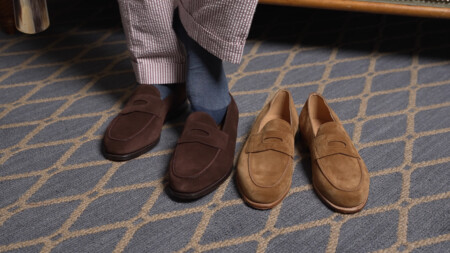
No Laces
Ultimately, a loafer has no laces; in other words, it’s a slip-on shoe.
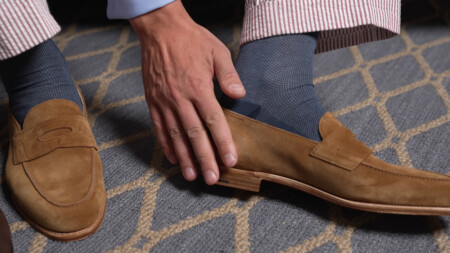
Open Ankles
A loafer is a “low shoe,” meaning that the ankle is exposed, and the shoe does not wrap snugly around it.
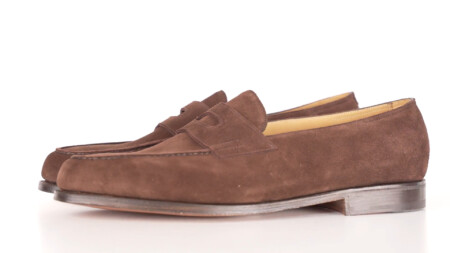
Small Heels
Loafers typically feature heels with a relatively low profile.
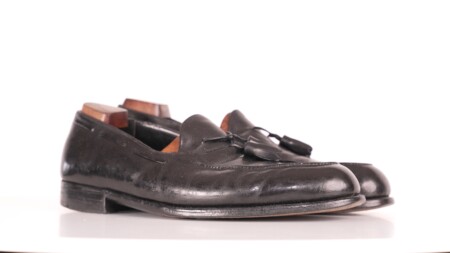
Decoration
Loafers will usually feature some decoration across the vamp, such as a saddle, tassel, or horse bit.
From the above description, one can see the similarities between a moccasin and a loafer. However, there are a few key differences. To best explore these, we need to understand how loafers came to be.
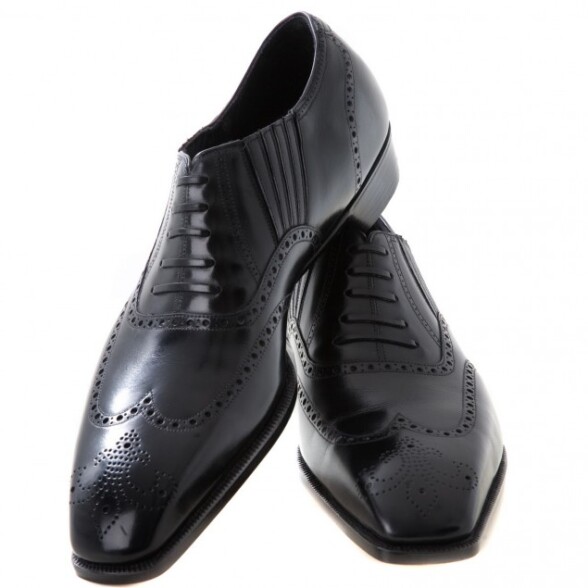
Not a Loafer
It’s easy to confuse other slip-on shoe styles with loafers. As the name suggests, you can slip on the shoe just like a loafer, but it lacks the moccasin seam on the uppers and looks more like a regular oxford or brogue. Slip-ons such as the “lazyman” style pictured here, are favored for their smart appearance and ease of wear.
History of the Loafer
Unlike most other shoes, the loafer has multiple possible origin stories. One such story is that the loafer came directly from the moccasin. What’s the difference, I hear you ask? Let’s take a look:
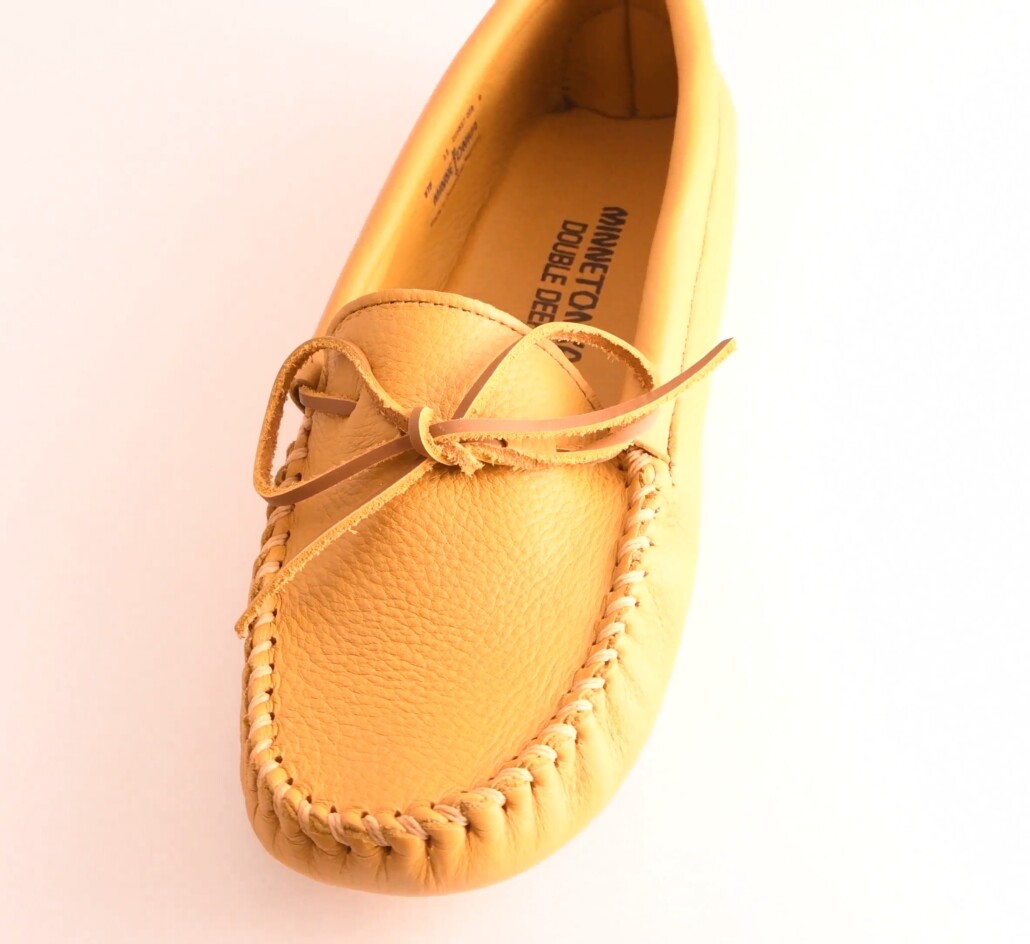
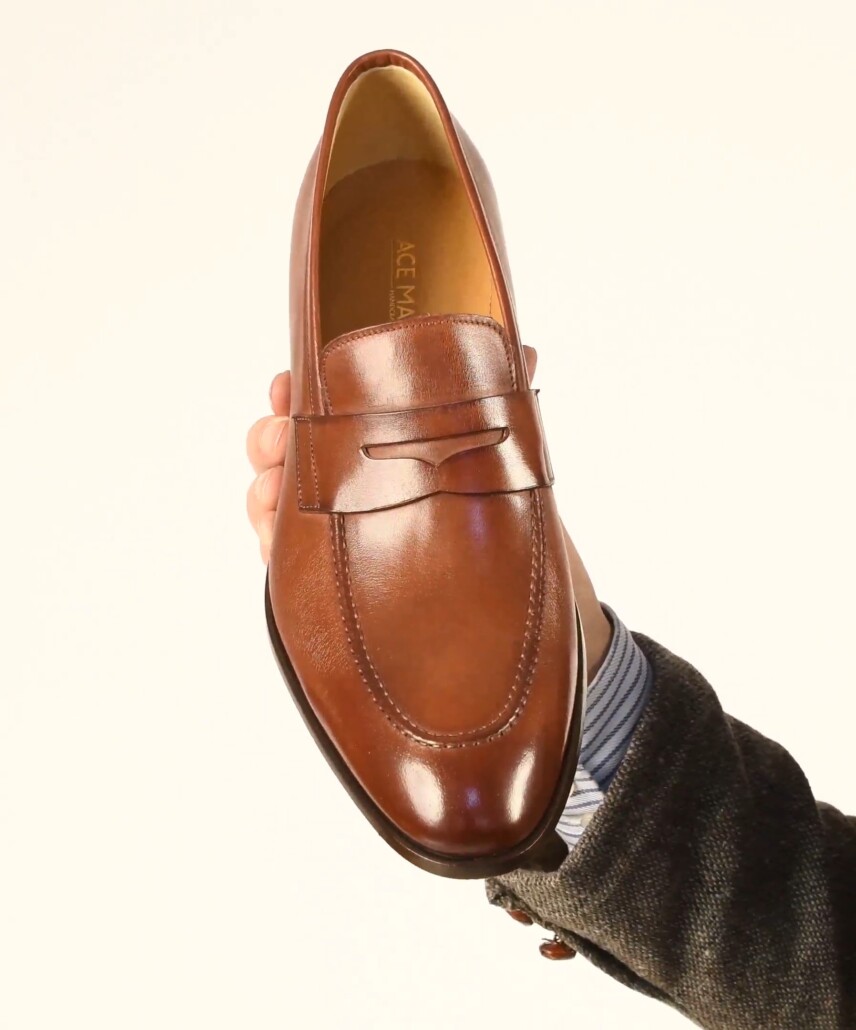
Moccasin or Loafer?
| Moccasin Characteristics |
|---|
| The majority of moccasins have a separate, soft sole, usually formed from one piece of material that comes up the sides of the foot before being stitched together with an apron |
| Because moccasins don’t usually possess hard soles, you won’t find a defined heel like you do with loafers |
| Moccasins are typically less refined than a loafer, retaining a lot of the rugged appeal from their simple origins |
So why is it important to know the difference between a moccasin and a loafer? Well, menswear and clothing historians are largely of the opinion that there are two possible origin stories: Loafers either came from an English royal commission for a new form of house shoe, or they were descendent from the traditional moccasin.
As both of these things happened around the same time, it is comparatively difficult to pinpoint the definitive origin of the loafer compared to other types of shoes and boots, making the loafer’s evolution quite interesting. For purposes of clarity, this article subdivides the history of the loafer based on these two main events while maintaining a rough timeline.
The Wildsmith Loafer
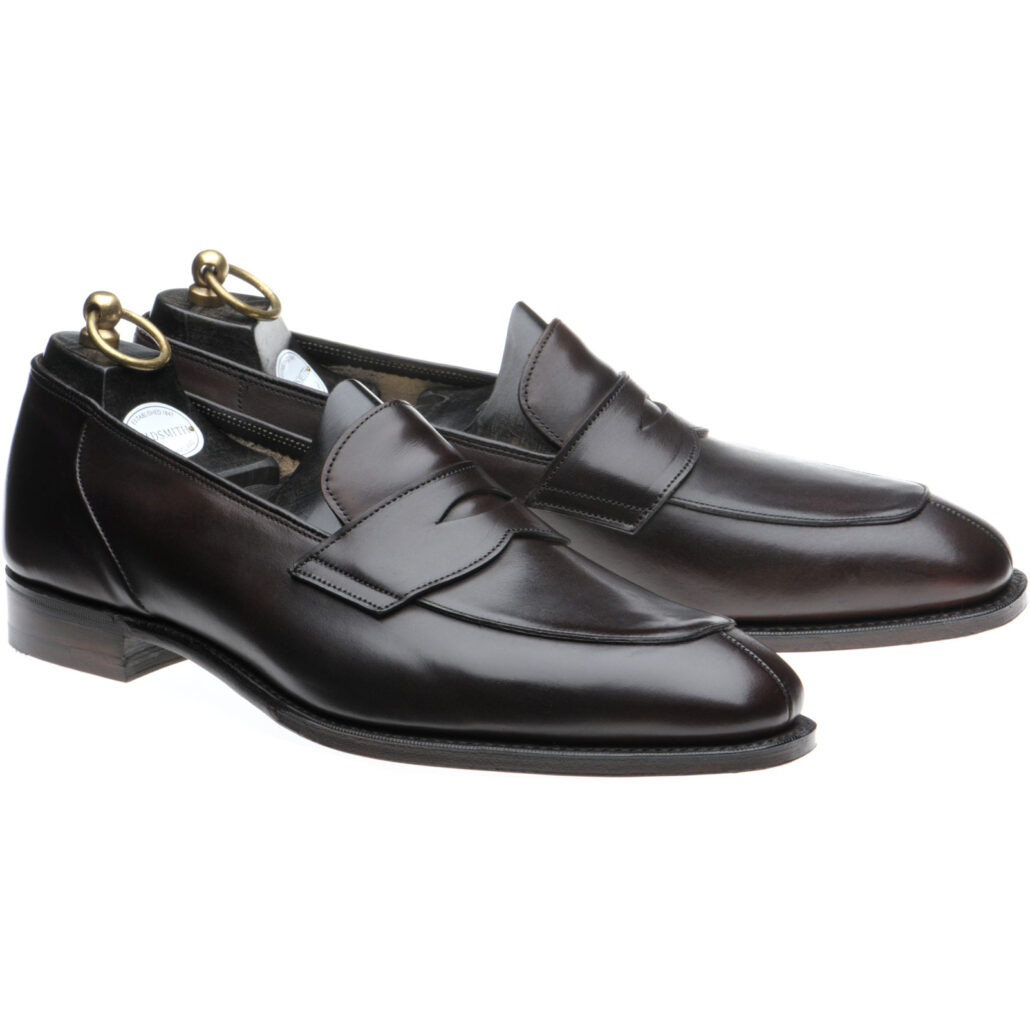
in 1847, Matthew and Rebecca Wildsmith established a footwear manufacturing business in London by the name of Wildsmith Shoes. The mainstay of their business was making and subsequently repairing boots for the Household Cavalry, whose mounted unit, the Household Cavalry Mounted Regiment, was part of the Monarch’s official bodyguards.
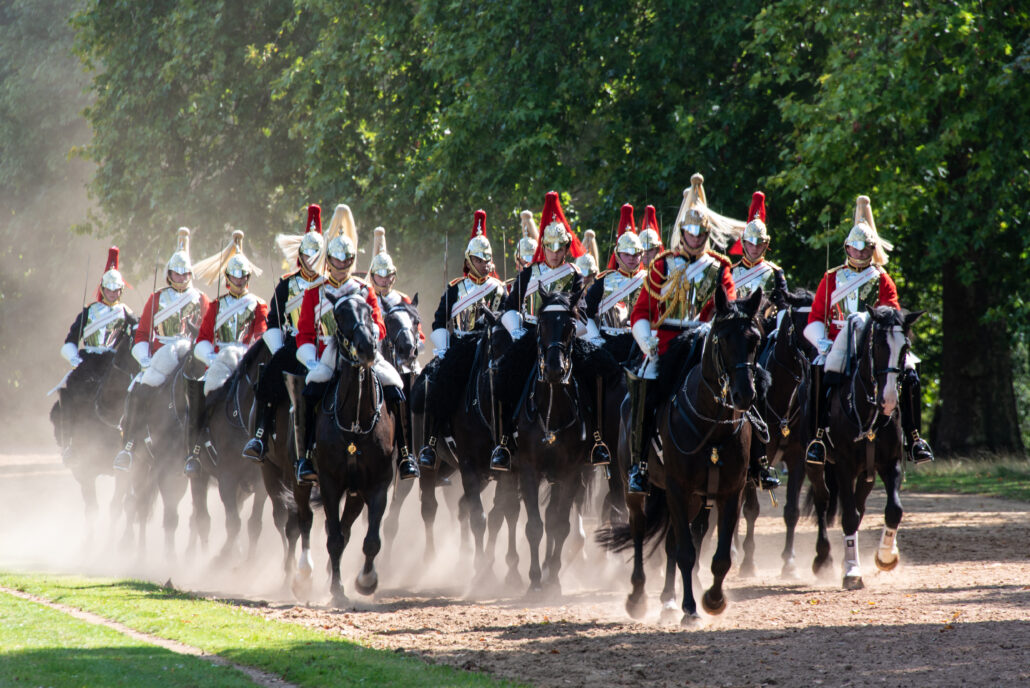
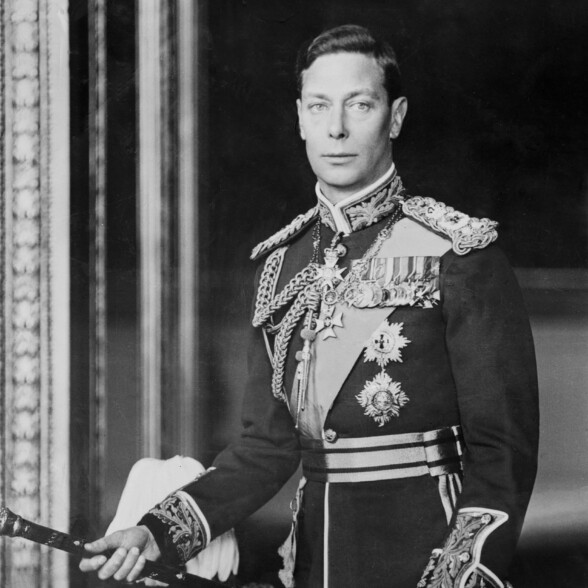
A Royal Commission
In 1926, Matthew and Rebecca’s grandson, Raymond Lewis Wildsmith, was commissioned by King George VI, to make a country house shoe that he could wear mostly indoors with his shooting hose. Raymond came up with a low-heeled design that did not include laces and which could be comfortably slipped on and off.
The construction of King Geroge’s new house shoe had a lot in common with the moccasin, though it’s unknown whether Raymond was familiar with the style of moccasins or if he came up with the design based on the very specific instructions he received.
This design soon appeared in his ready-to-wear collection as the 582 (later the Model 98). Today, the style is known simply as the Wildsmith Loafer. While they were designed for indoor wear casually, they very soon gained in popularity and began to be worn as a casual choice for outdoor wear.
The Aurland Loafer
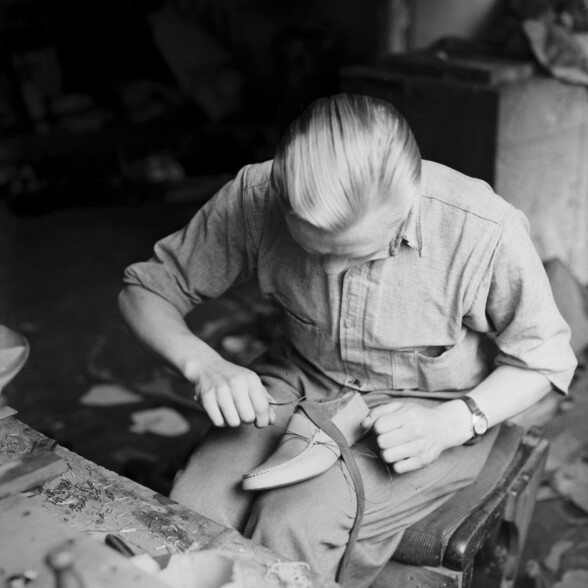
Fusion of Styles
At the beginning of the 20th century, Norweigan shoemaker Nils Gregoriusson Tveranger (1874-1953) introduced a loafer in the town of Aurland, Norway.
Nils had traveled to North America at the age of thirteen to learn the art of shoemaking and spent approximately seven years there. In 1930, he introduced a new design with heels which came to be known as the “Aurland moccasin.” This design was influenced by two sources: the moccasins worn by the Iroquois tribe of North America and the traditional, moccasin-like shoes worn by the fishermen in his hometown of Aurland.
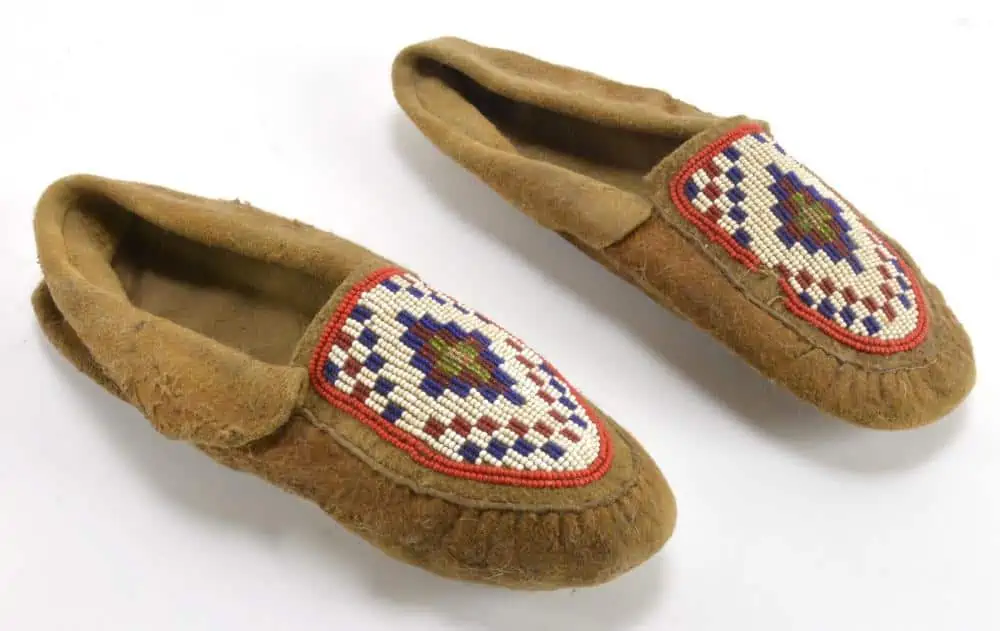
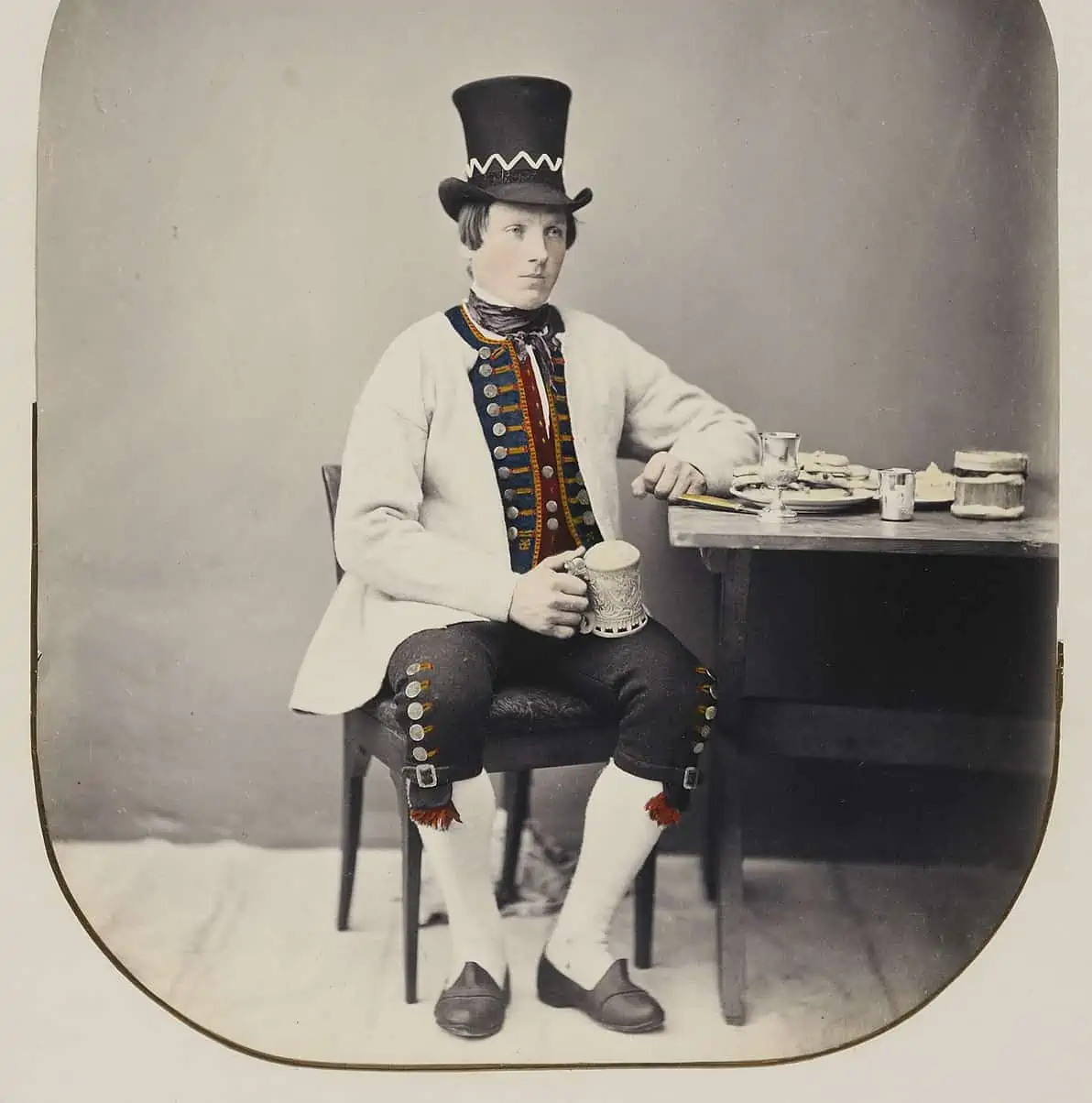
He slowly started marketing his design in the rest of Europe, where it became extremely popular. At that time, many Americans began traveling to Europe, where they stumbled upon these shoes, took a fancy to them, and brought a pair home. They came to the notice of the editor of Esquire magazine, and the publication began promoting them.
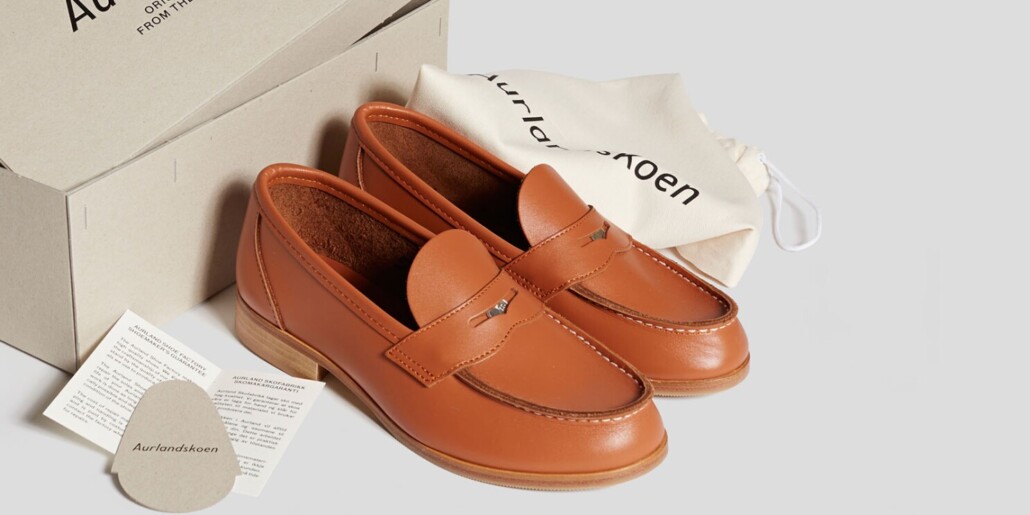
Around 1933, the Spaulding family of New Hampshire sensed a business opportunity and started making shoes based on the Aurland Moccasin. They named their product the “Loafer,” which was by that point a generic name for slip-on shoes in America.
Around 1940, industrialist and U.S. Secretary of the Treasury Arthur Gardner bought a pair of Aurland shoes. Later, when he was unable to obtain them in the U.S., he made an unusual request to the Norwegian ambassador, providing him with a sketch of the “slippers.” Apparently, Gardner did not know where the shoes were made, but the ambassador recognized that he must have been referring to Aurland shoes. The local mayor organized production, and three months afterward, four pairs of ”moccasins” were mailed to Washington, D.C.
The Penny Loafer
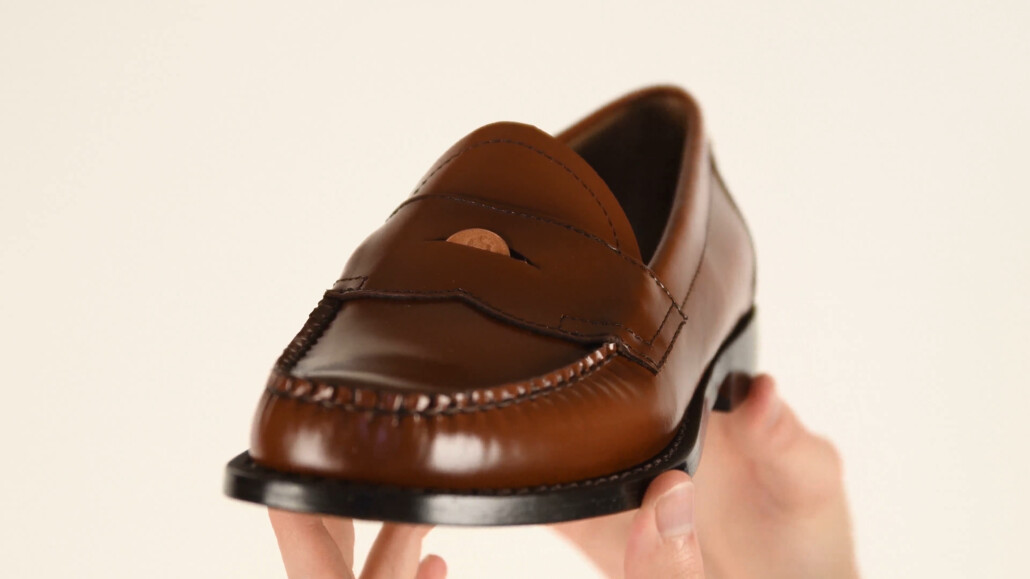
In 1936 (some sources put the date as 1934), the G.H. Bass shoe company introduced its version of the loafer, and the company is known for it to this day. Their design included a distinctive strip of leather (the saddle) of the shoe with a diamond-shaped cutout.
Bass gave their loafers the name “Weejuns,” to sound like Norwegians – a nod to the Norwegian roots of the shoe, and to differentiate them from the Spalding loafer.
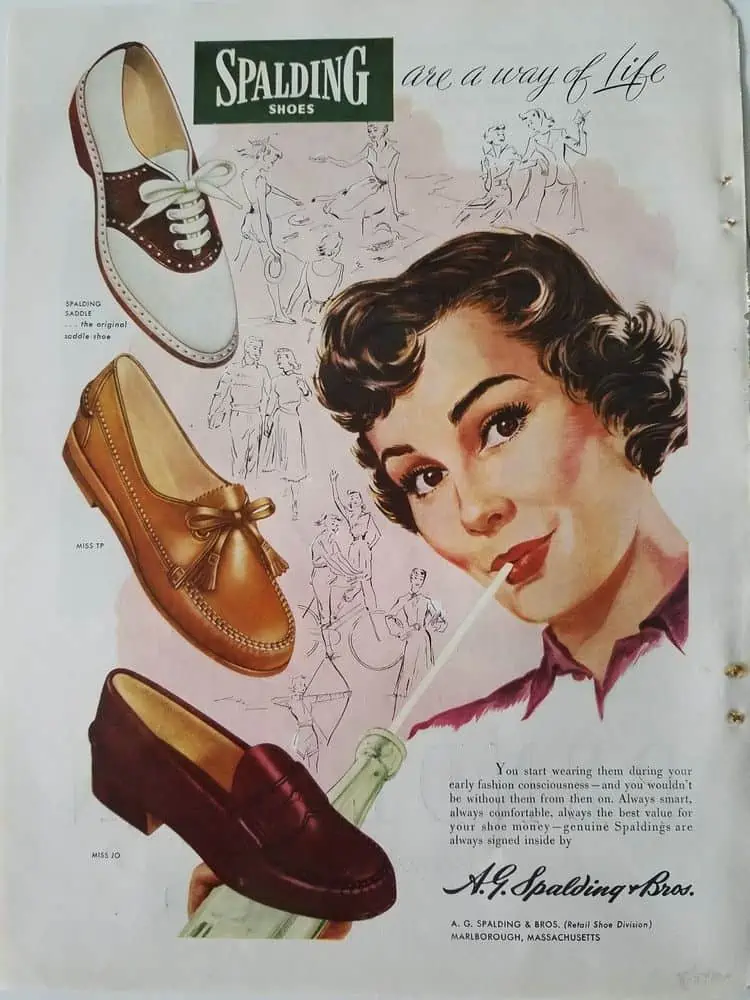
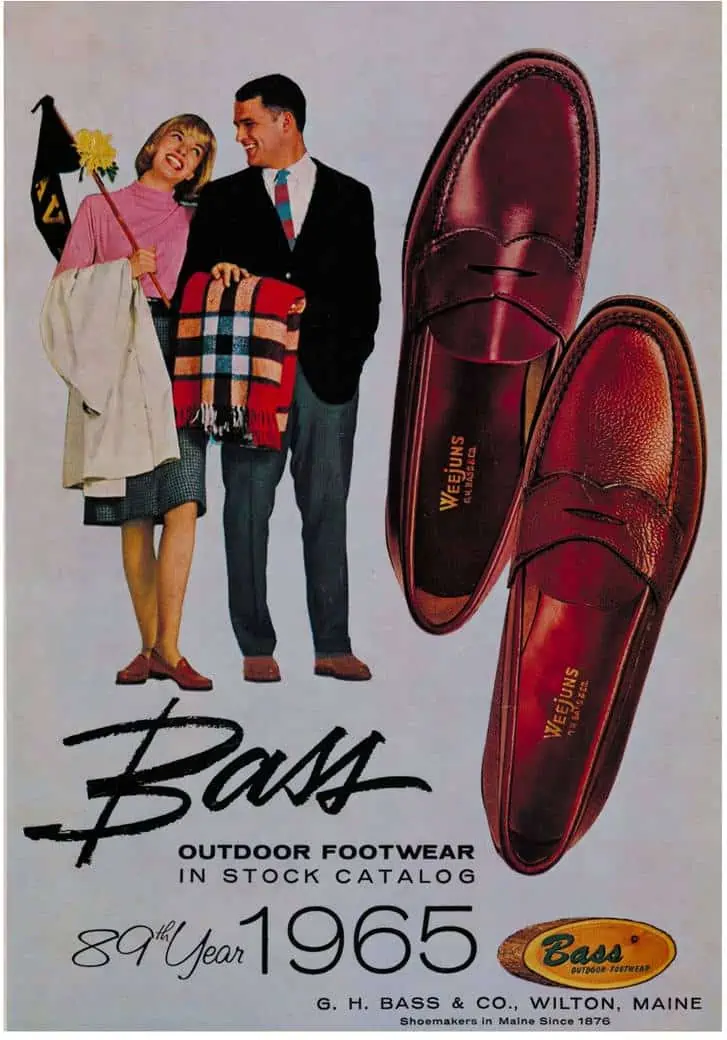
Weejuns became immensely popular in America, especially among the Prep School students in the 1950s, who coined the term “penny loafer.” Legend has it that, wishing to make a fashion statement, they took to inserting a penny into the diamond-shaped cutout of their Weejuns. An alternate theory is that, in the 1930s, two pennies were sufficient to make an emergency telephone call.
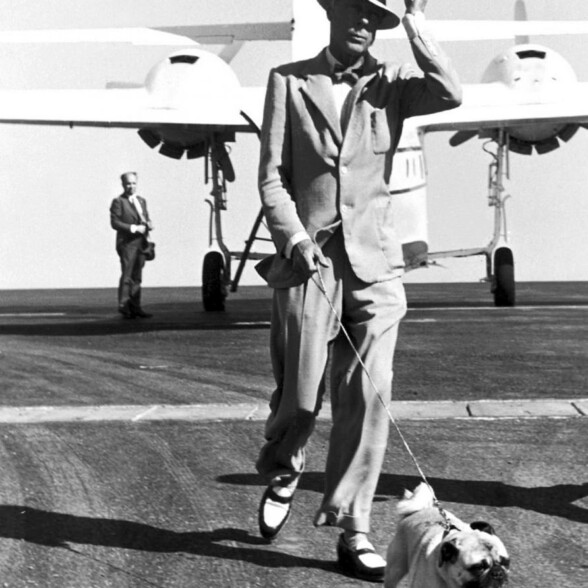
Edward VIII
Long-standing style icon, the Duke of Windsor was a big fan of penny loafers, and he often wore a brown and white two-tone Penny Loafer with his suits.
Whatever its origins, the name “penny loafer” stuck, and the G.H. Bass penny loafer has achieved the status of a classic, and is a staple of Prep and Ivy Style. Meanwhile, in 1937, the American brand Nettleton trademarked the term “loafer” for “Ladies’, Men’s, and boys’ shoes made of leather, rubber, fabric, and various combinations of such materials.”
The Tassel Loafer
It remains unclear what the roots of the tassel loafers are. Some sources claim tassel loafers were popular with the Ivy League set in the 1920s, though our research has been unable to corroborate this.
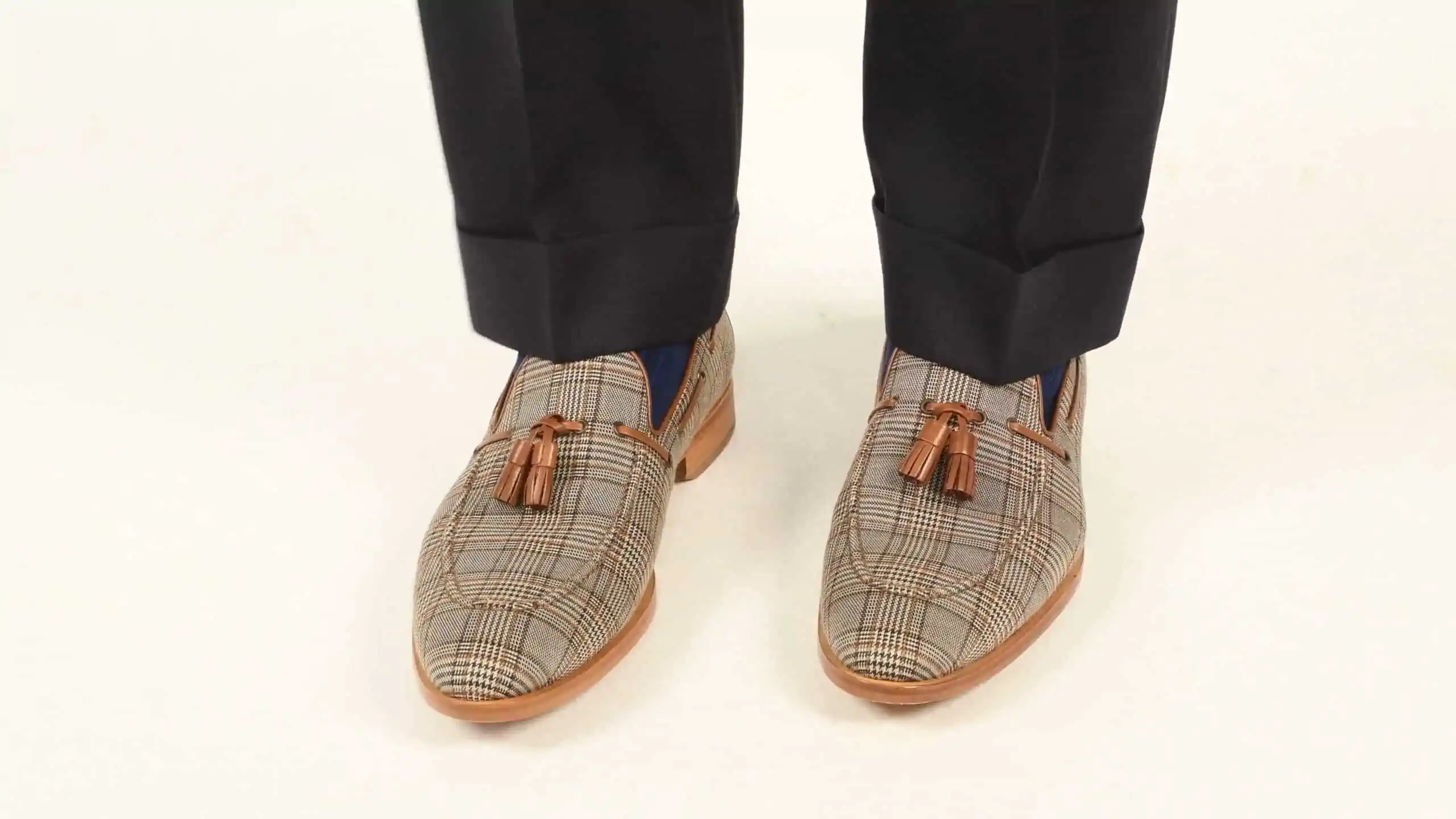
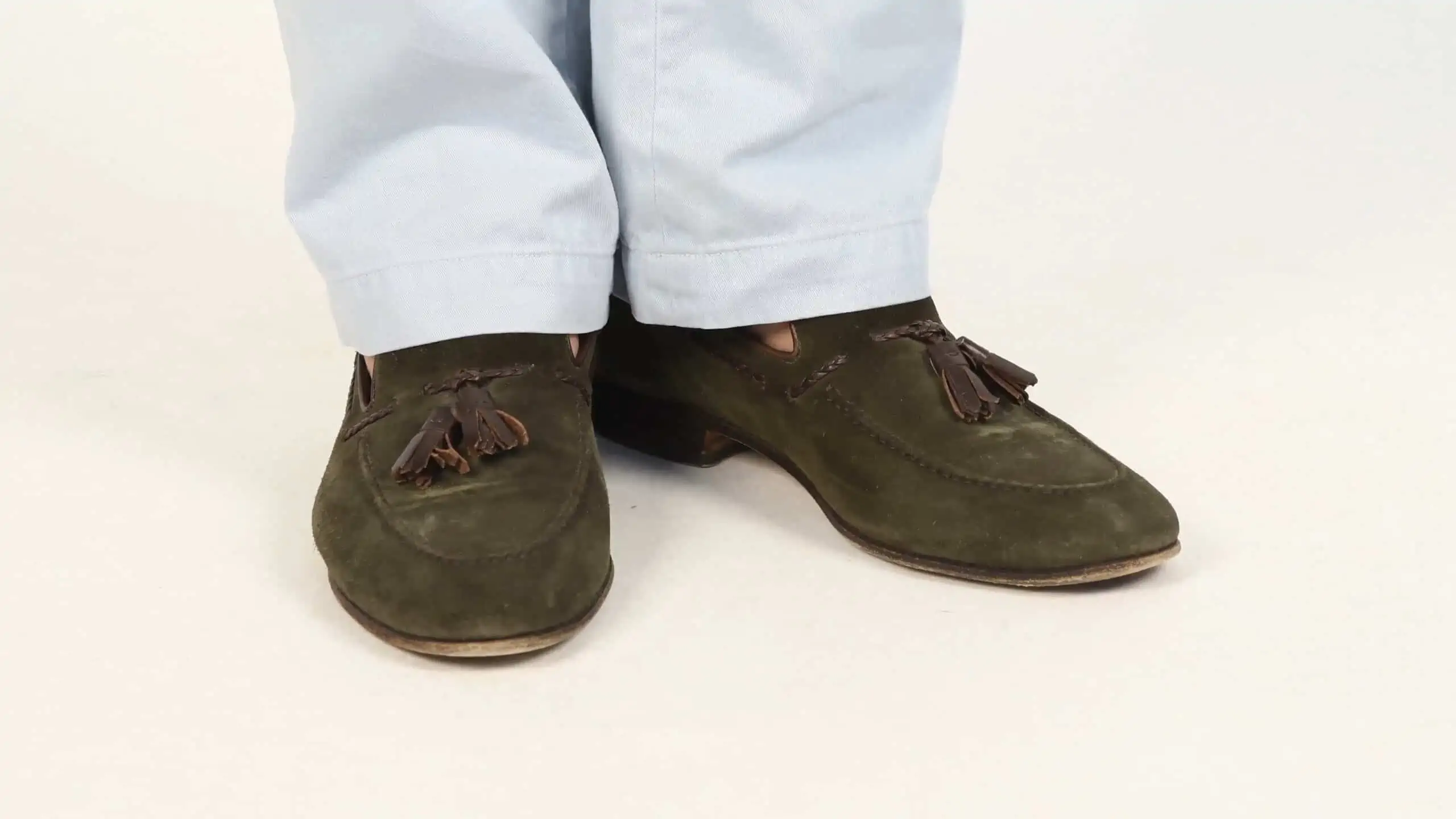
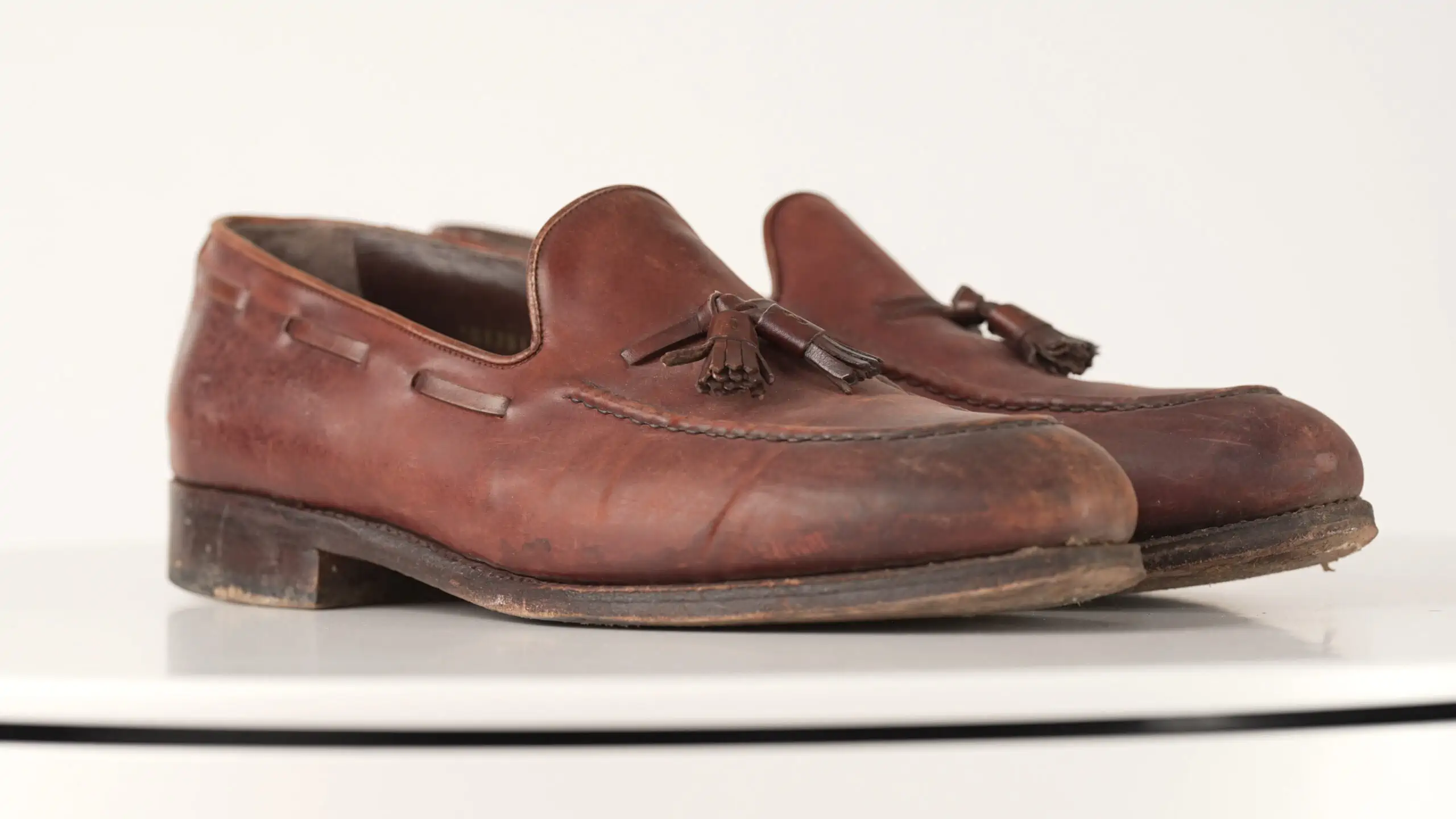
U.S. President Harry Truman wore derby shoes with tassels, but he did not have tassel loafers. Rather, evidence suggests that after the end of the Second World War, the little-remembered but rather debonair American movie actor Paul Lukas bought a pair of oxfords with little tassels at the end of the laces while on a trip abroad.
Upon his return to America, he took the shoes to the New York shoemakers, Farkas & Kovacs, and asked them to make something similar. Not fully satisfied, Lukas then took them to Lefcourt of New York and Morris Bookmakers of Beverly Hills. Ironically, both of these firms would pass on the request to the Alden Shoe Company.
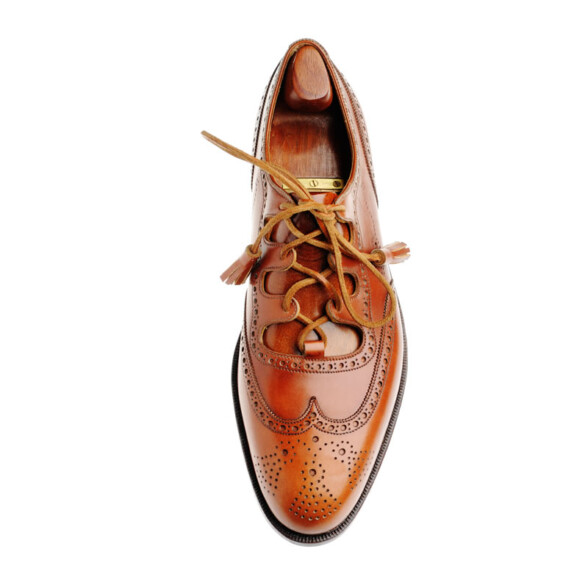
Possible Origins?
Although not confirmed, the Ghillie shoe may have been the type of footwear that inspired the tassel loafer, as you can see the similarity in where and how the tasseled ends of the laces sit.
The then-president of Alden, Arthur Tarlow Sr., Came up with a slip-on pattern keeping the leather lace and tassel as a decoration. Alden, realizing the potential of the shoe, continued to experiment with the design for another year, finally launching it in 1950 through Lefcourt and Morris stores.
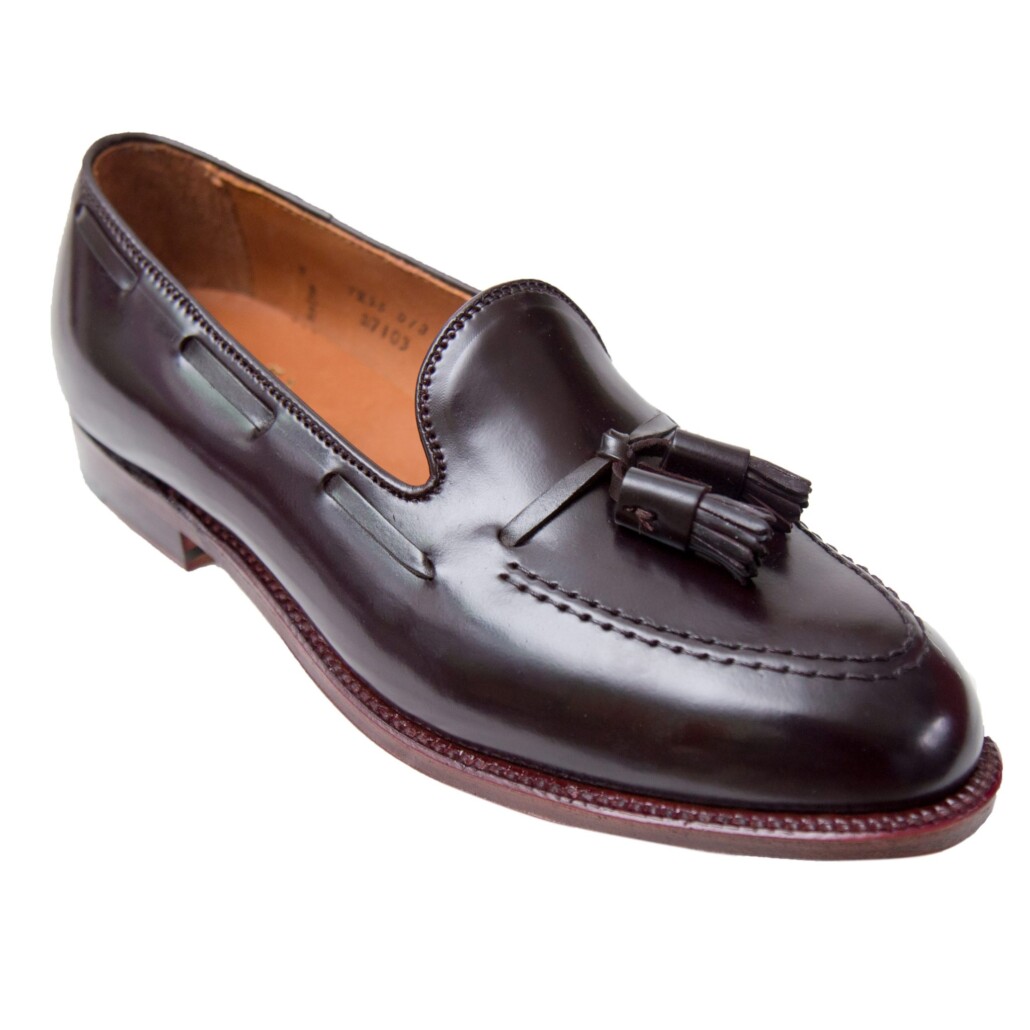
The “tassel loafer,” as it became to be called, was a success, finding favor with the sophisticated set of New York and Los Angles. In 1957, Brooks Brothers approached Alden to make a line of tassel loafers especially for them. The resultant design was a tassel loafer with a decorative seam at the back part of the shoe which, to this day, remains exclusive to Brooks Brothers.
The Gucci (Horsebit) Loafer
While the loafer grew in stature in America, with the tassel loafer being worn with suits by the 1960s, it was not quite the same story in Europe. In Italy, this style of shoe was more widespread, but all other Europeans considered the loafer to be a casual shoe that had no place in the city.
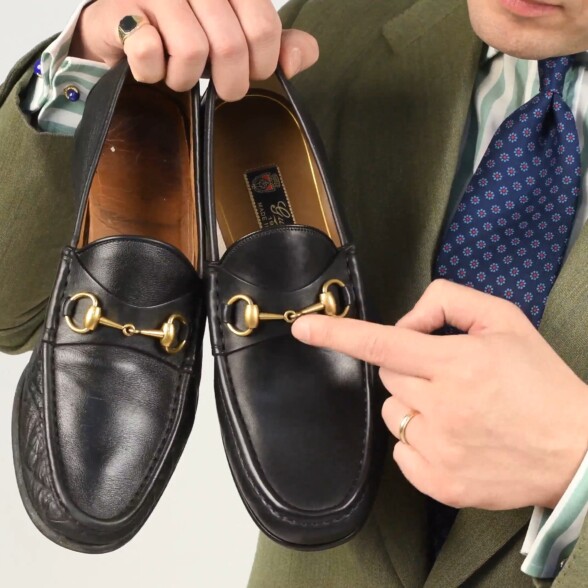
Gucci Loafers
Things changed in 1968 when the Italian designer Gucci introduced a loafer with a golden brass strap in the shape of a horse’s snaffle bit across the front–in keeping with the company’s saddle-making heritage.
Gucci opened his New York office in 1953 and noticed the popularity of the loafer. He refined the lines, added the bit, and made them in black (loafers were usually in brown in keeping with their status of being a casual shoe).
The result was a shoe with just enough formality to make it acceptable to be worn with suits. These went on to be named the “Gucci loafer” and helped establish the loafer in Europe and across the globe. Gianni Agnelli and John F. Kennedy were just a few of the big supporters that helped to popularize the style. As other brands have now come to produce models with similar hardware, the general term “horsebit loafer” has arisen.
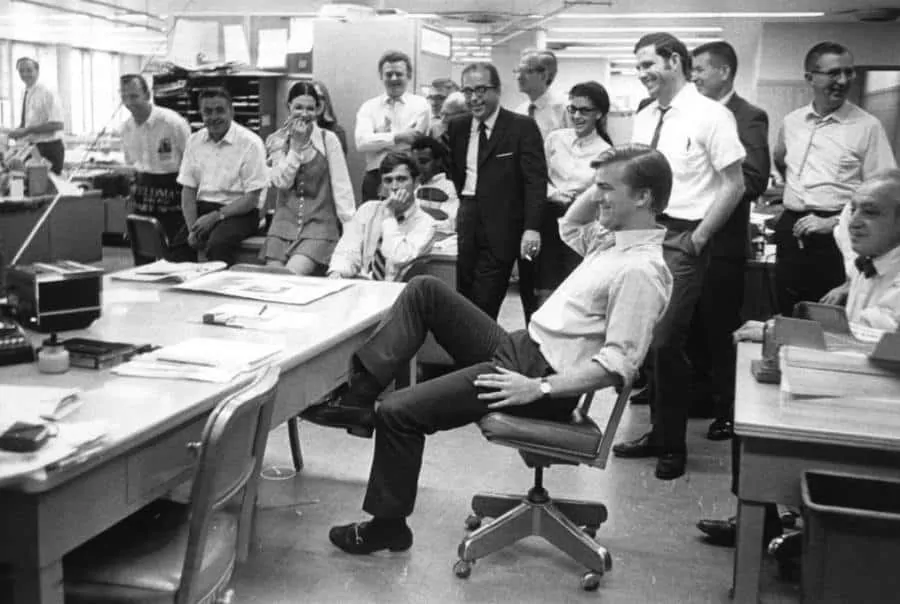
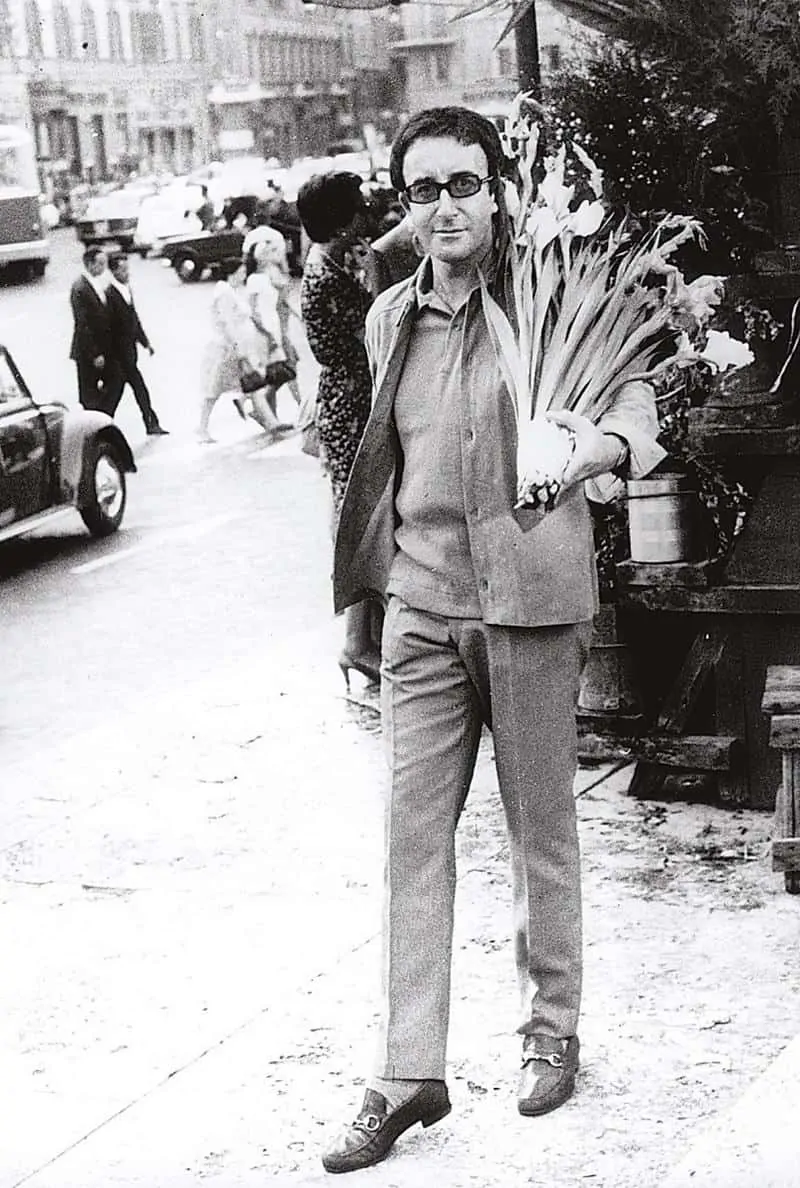
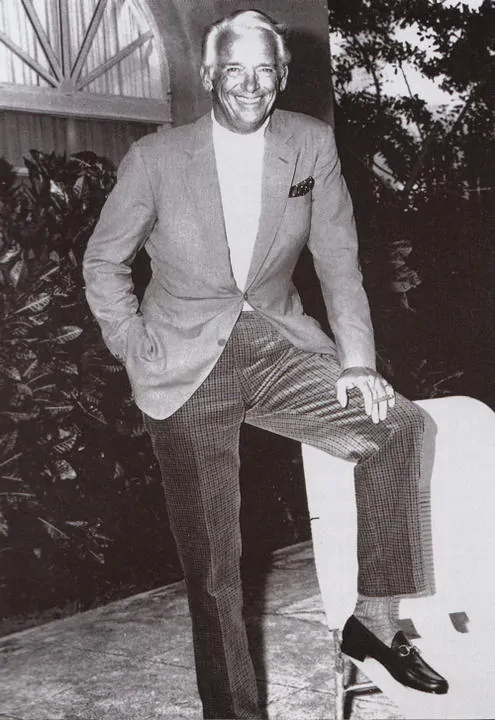
In 1969, Gucci sold 84,000 pairs of loafers just in their U.S. stores. In keeping with the continued journey of the loafer, it crossed the pond to America, where it was adopted by 1970s businessmen and almost became a uniform on Wall Street.
Are Gucci Loafers worth over $600?
Until Gucci designed this loafer, it was a brand known merely to insiders who appreciated saddles and quality luggage. The men’s loafer known as the Model 175 was designed in the mid-1950s. Initially, it sold for approximately $14. Subsequently, Gucci developed the Loafer Model 360 for women, and the very similar model 350, which was offered in seven unusual colors.
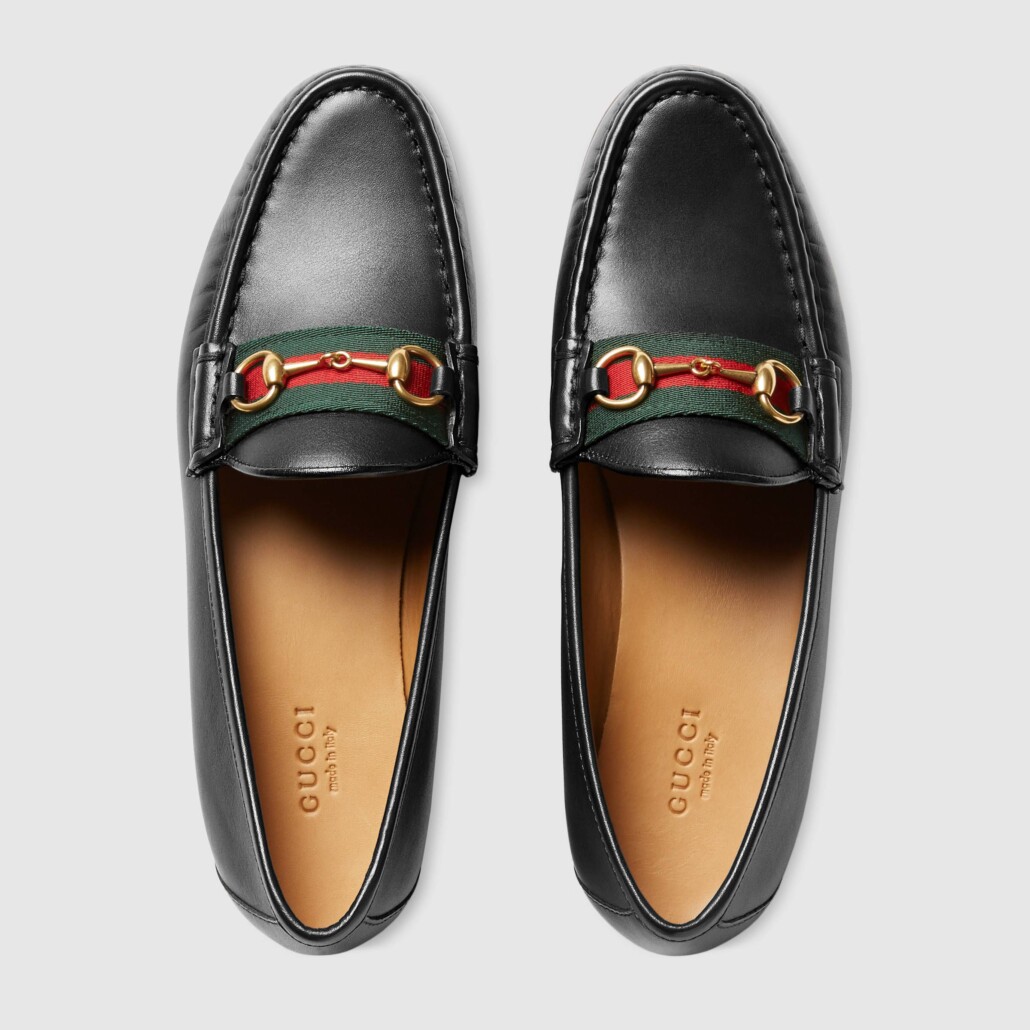
Consequently, the fashion journalist and critic Hebe Dorsey dedicated an entire article to the shoe, which was published in the International Herald Tribune and made the shoe an overnight success. Since 1985, the Gucci Loafer has been part of the permanent exhibition of the Metropolitan Museum of Art in New York.
The Belgian Loafer
Another popular style of loafer is the “Belgian loafer,” invented in the 1950s by Henri Bendel, whose family store also brought Chanel, Dior, and Balenciaga shoes to the U.S. Its characteristic features are:
- A small, decorative bow that is easily recognized
- Soft construction; the shoe is often unlined
- A one-piece apron that sits on top of the vamp
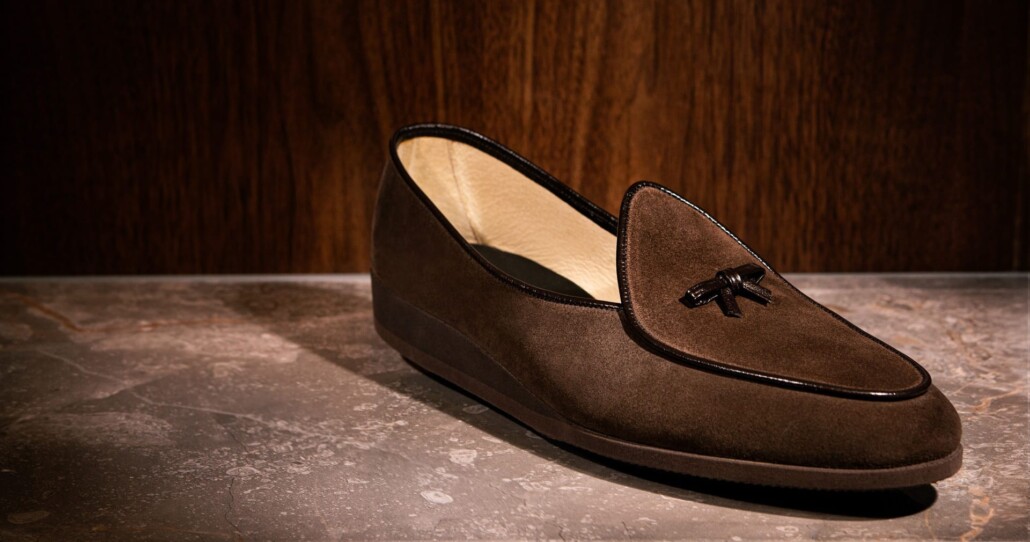
After the Bendel family sold their store in 1954, Bendel purchased two 300-year-old shoe factories in Belgium in 1956 and started producing men’s and women’s loafers. The shoe became an instant hit, and the bow was easily recognizable. As such, he single-handedly rescued the Belgium shoe industry, which earned him a Knightship of the Order of Leopold I in 1964. Just six years later, he was made Knight Commander of the Order of Leopold II.
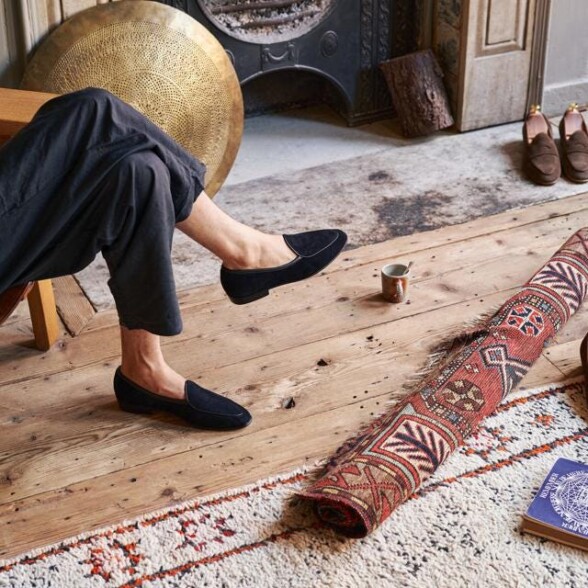
Modern Appeal
Although the creator, Henri Bendel, died in 1997, this style of loafer is experiencing rising popularity in recent years. If you enjoy extravagant shoes, Belgian Shoes such as the pair from Baudoin and Lange pictured here may be the right fit for you.
Rare and Beautiful Loafer Styles
As they say, creativity knows no bounds, and outside the world of the standard loafer styles you’ve seen thus far, there are a few completely interesting and unique takes on the design of a loafer shoe.
Kiltie Loafers
Those who have seen this traditional item of Scottish dress, the kilt, will instantly understand where the name of this style of loafer comes from. With a decorative “kilt” or “fringe” of leather attached to the loafer uppers, a unique style is achieved.
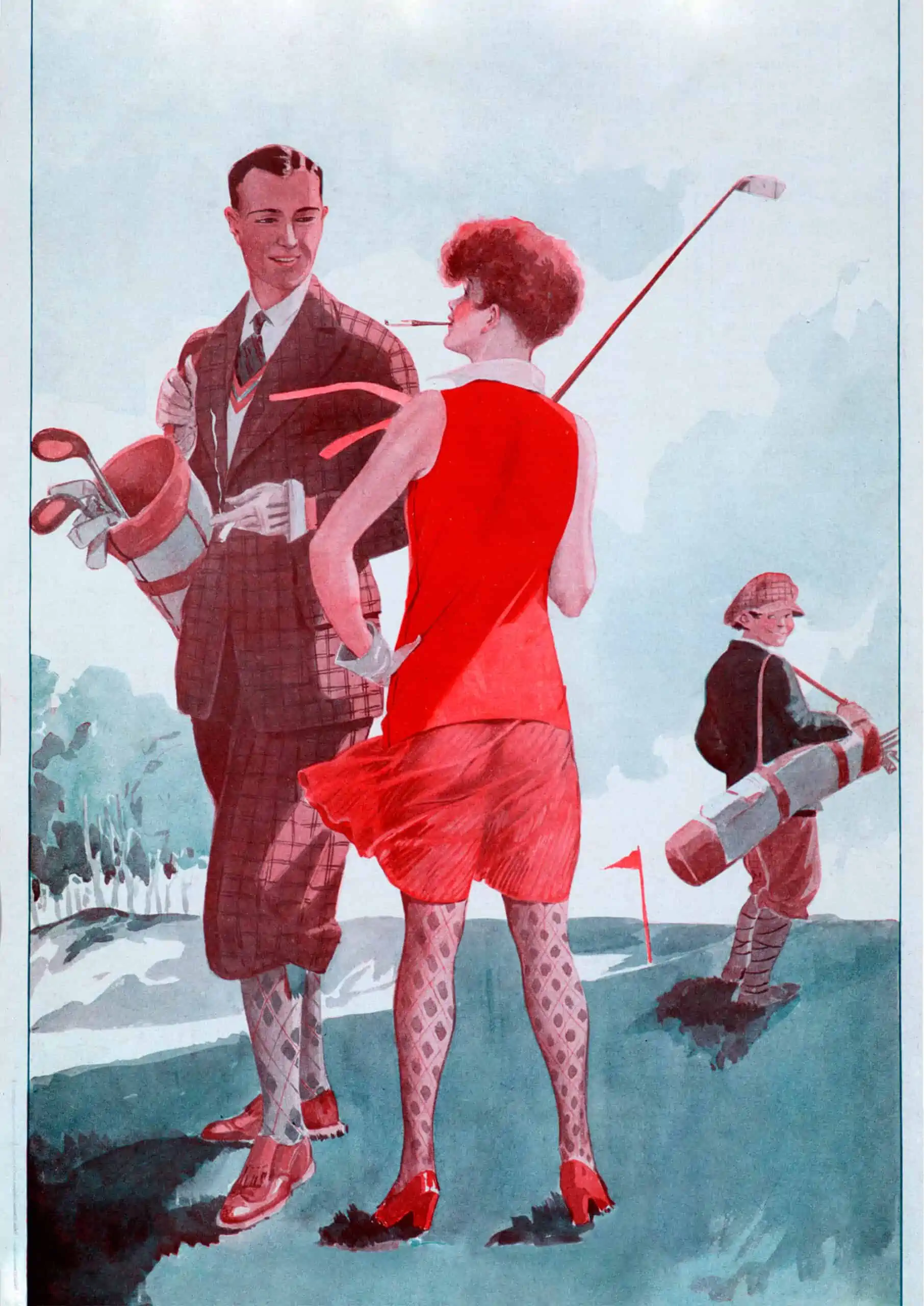

Certainly, this style is far less common nowadays but has its own following in the bespoke and artisan sectors. For many, the Kiltie loafer will likely draw sporting connotations, as this style is closely linked to the Kiltie Oxford, which was favored among traditional sportsmen who preferred the style for golfing encounters.
Butterfly Loafers
A particularly interesting style of shoe, the Butterfly loafer takes its name from the symmetrical shape made by the two overlapping pieces of leather that resemble a butterfly’s wings.
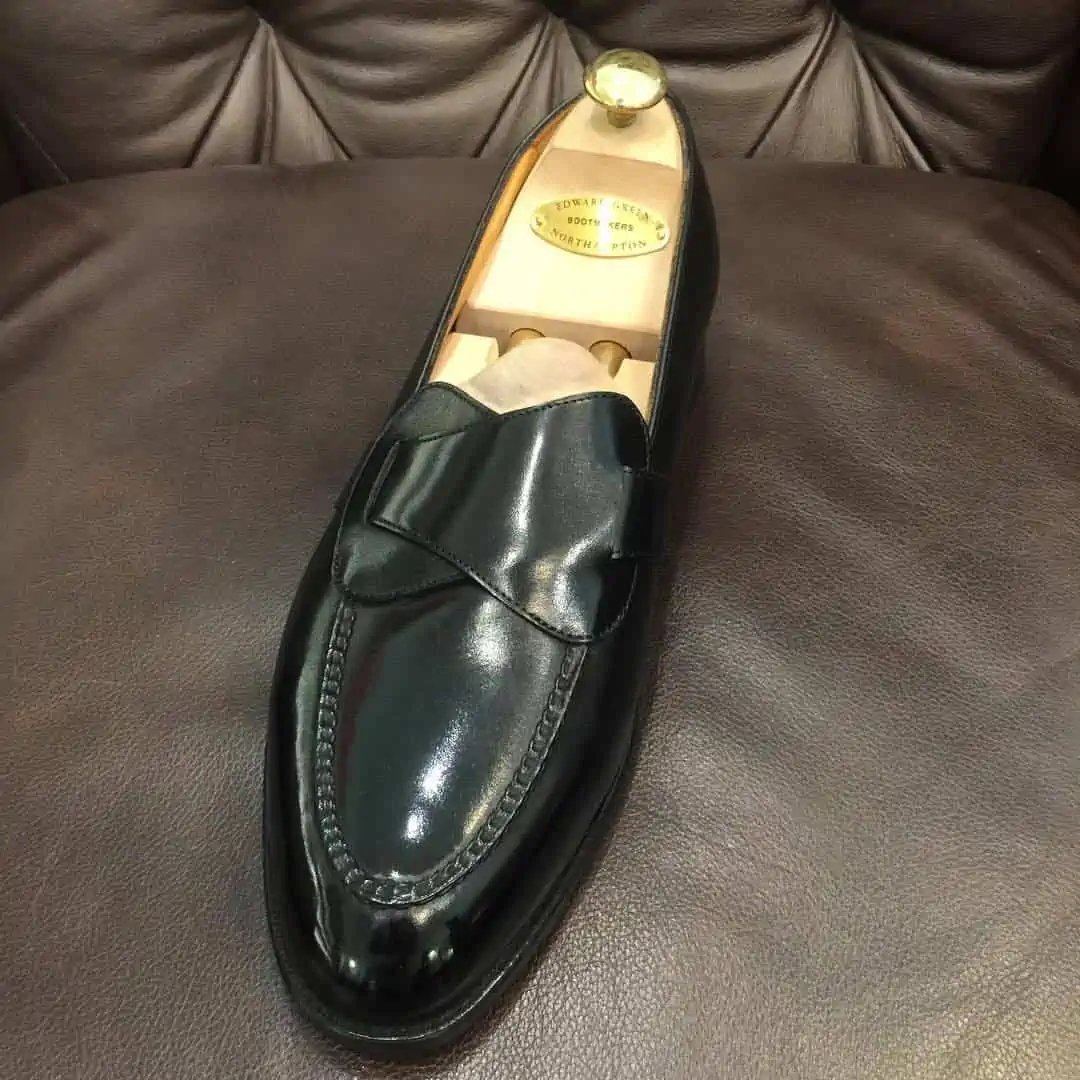
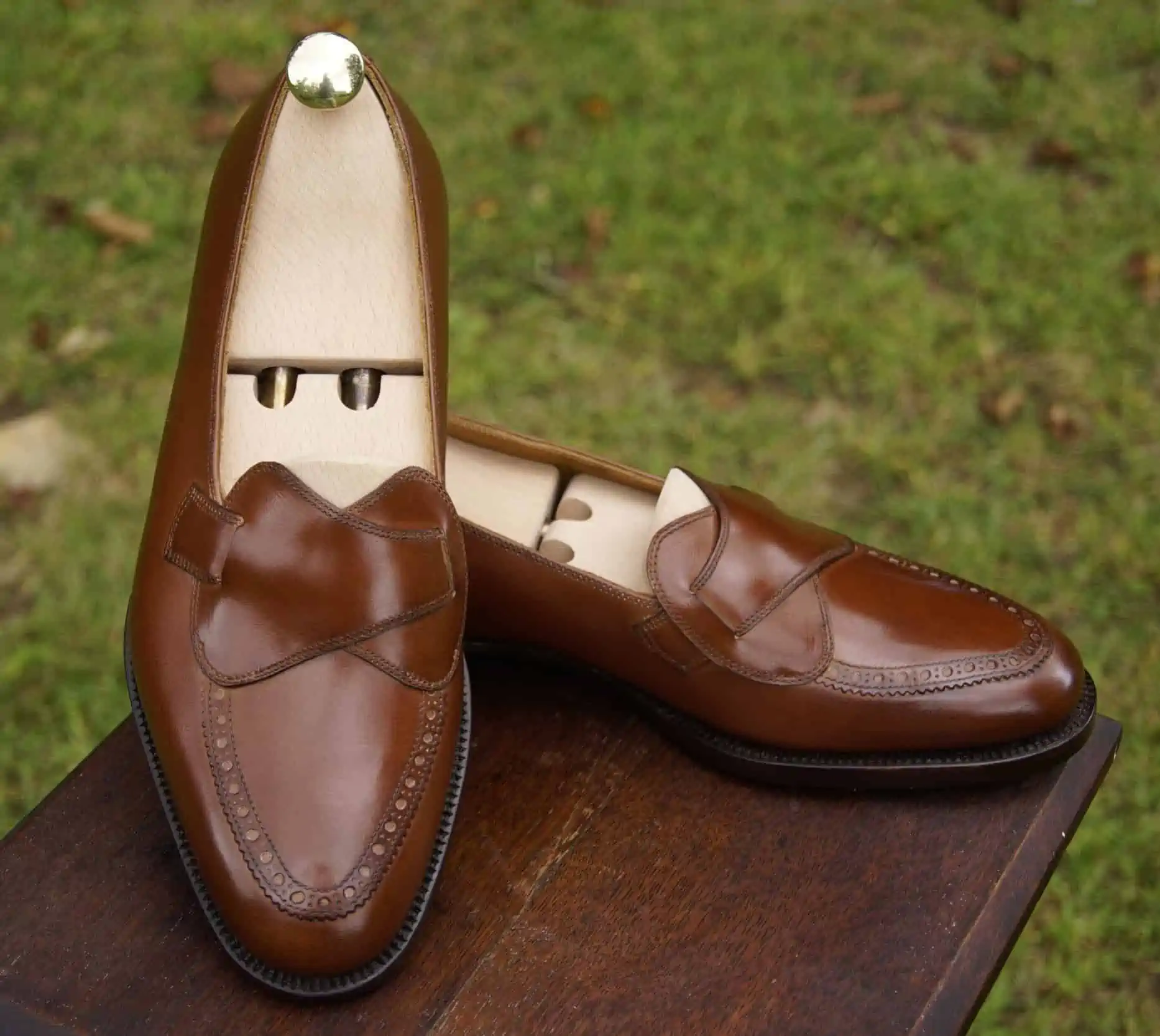
It’s quite traditional to see some form of broguing on a pair of Butterfly loafers, perhaps as a way of further symbolising the link to the butterfly with its characteristically organic patterns on the wings. Even without broguing, the Butterfly loafer remains one of the more casual loafer styles. The boldness of the design reduces the formality of these shoes, regardless of the color or leather choices.
Saddle Loafers
Similar to a Penny loafer, the Saddle loafer also features a strip of leather that runs across the vamp and tongue of the shoe, but instead of stopping at the moccasin-like apron, this “saddle” of leather continues to the loafer’s waist and sole.
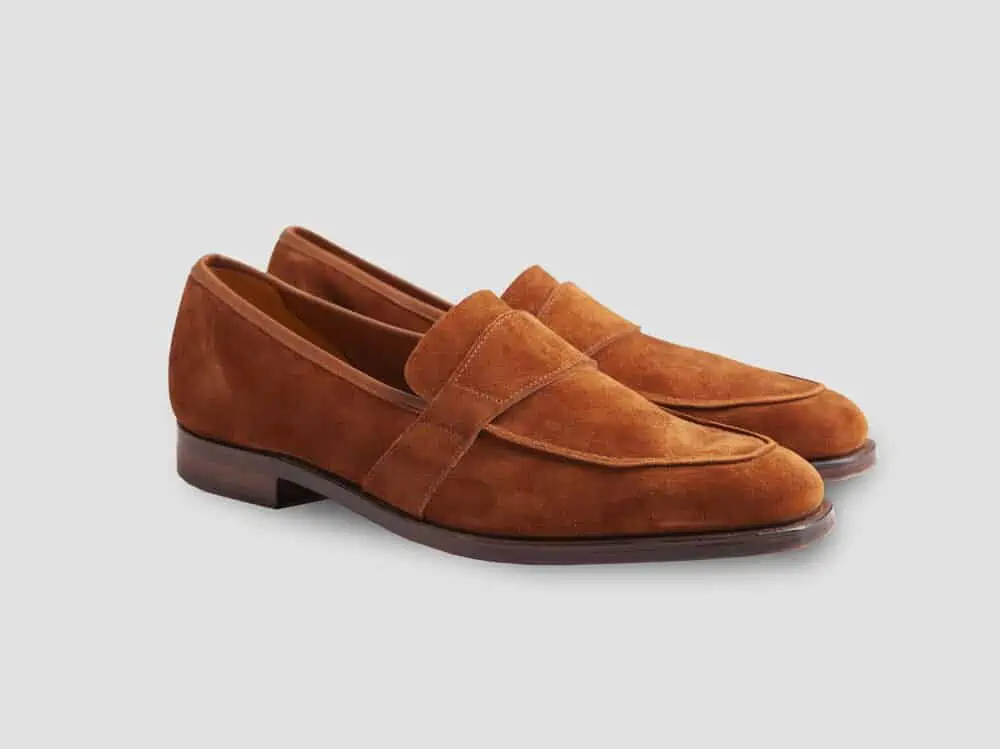
Depending on how a pair of saddle loafers are styled, they could exist in either end of loafer formality. For example, a simple pair of saddle loafers in black calfskin leather with no additional detailing can be very elegant and therefore quite formal. On the other hand, a pair of saffle loafers in a light suede leather with broguing or a stitched apron on the vamp would be quite a casual style.
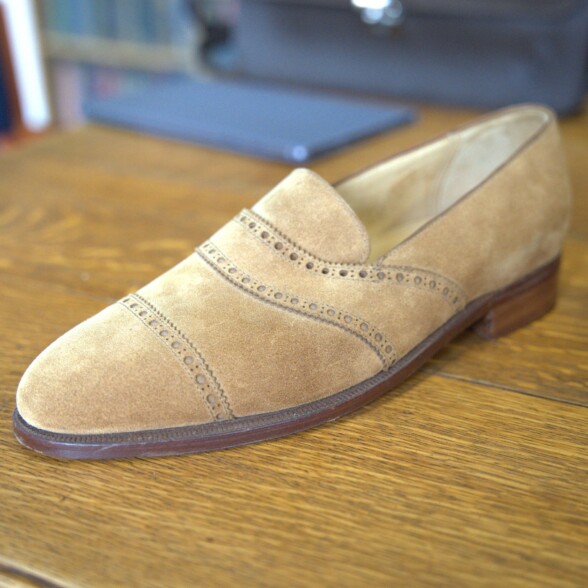
Stylish Saddles
On a trip to UK leather manufacturers, Charles. F. Stead, we were lucky enough to be shown their archive of pieces sent to them by brands showcasing how their leather has been turned into beautiful items of clothing and accessories. This particular saddle loafer is a pair made by Edward Green for the Ralph Lauren label in 1995.
Loafer Construction
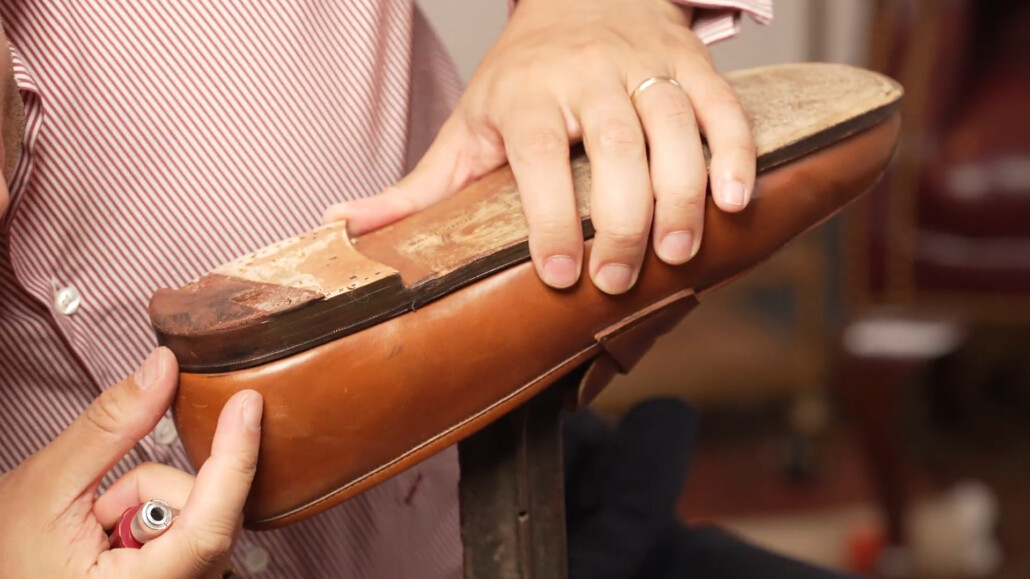
Since loafers are casual shoes, most of them are Blake- or Blake-rapid-stitched, though you may occasionally find Goodyear-welted loafers. While these are a little heavier, they offer an additional layer of cork, which makes walking in them a bit more comfortable.
Want to learn more about shoe construction?
For casual summer use, an unlined, Blake-stitched loafer might be the better choice if you don’t intend to walk much in them. On the other hand, if you are looking for a more robust, multi-season loafer, a Goodyear-welted version with leather lining is probably the better choice.
How to Style Loafers
Loafers are a piece of footwear that straddles the two worlds of casual and a more formal style, making it quite a unique piece in that respect. No matter what you read, a loafer is never a truly formal shoe because of its casual heritage.

Loafer Tips
Although the sockless look isn’t for everyone, you’re still going to want a layer between your skin and your shoes! Hot, sweaty leather isn’t comfortable, your loafers won’t last as long, and you may even get blisters. Go for a pair of invisible socks that are hidden beneath the sides of your loafers.
How to Style Gucci Loafers
Gucci loafers are often combined with all sorts of outfits. Of course, using a black, polished box calf leather with leather lining and refining the shape will make the loafer more formal than an off-white, unlined Gucci summer loafer in suede, but at the end of the day, it is still a loafer and not suited for tuxedos or white tie ensembles. Likewise, it is historically not appropriate to wear one with a classic three-piece business suit simply because it is too casual.
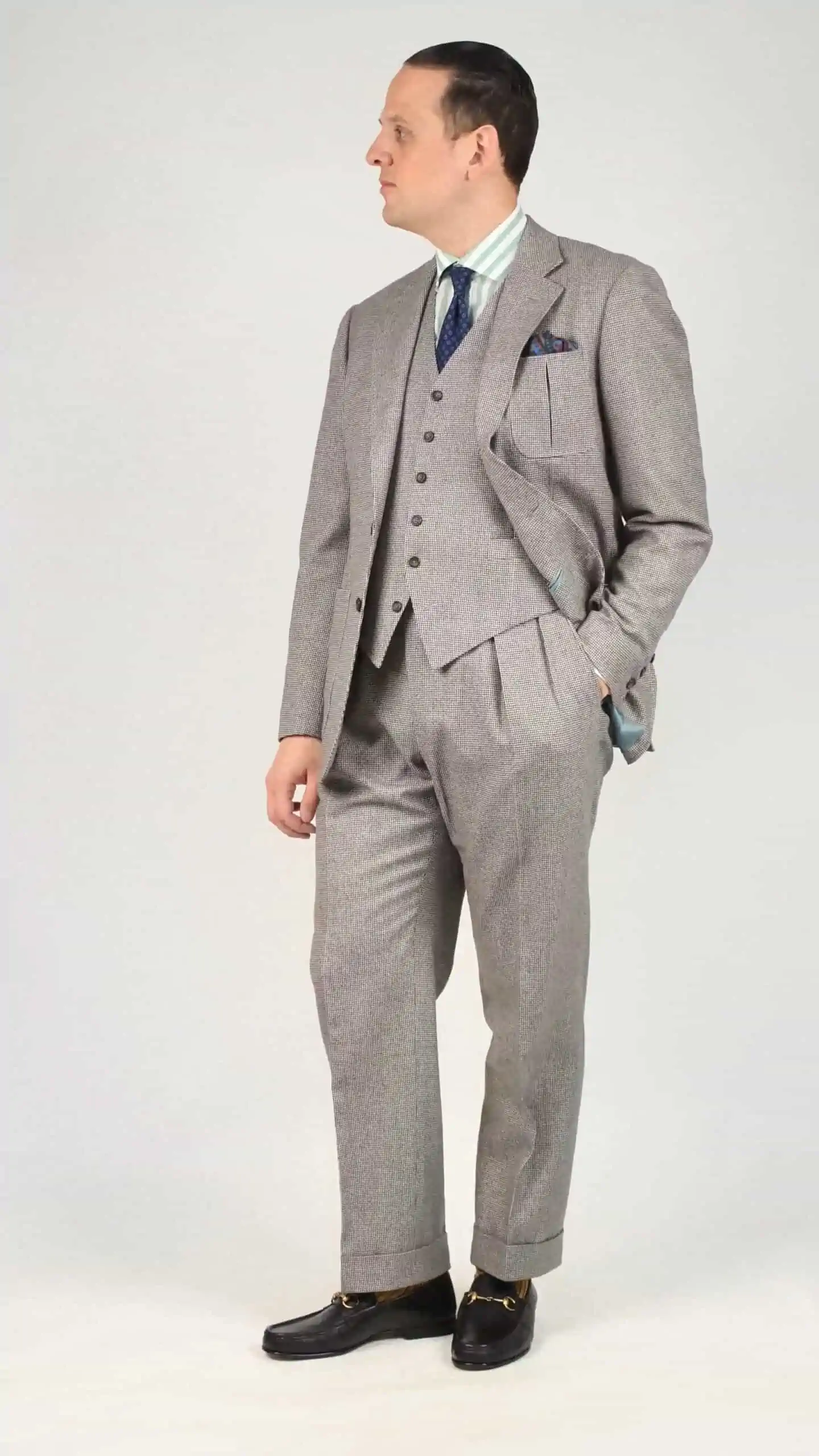
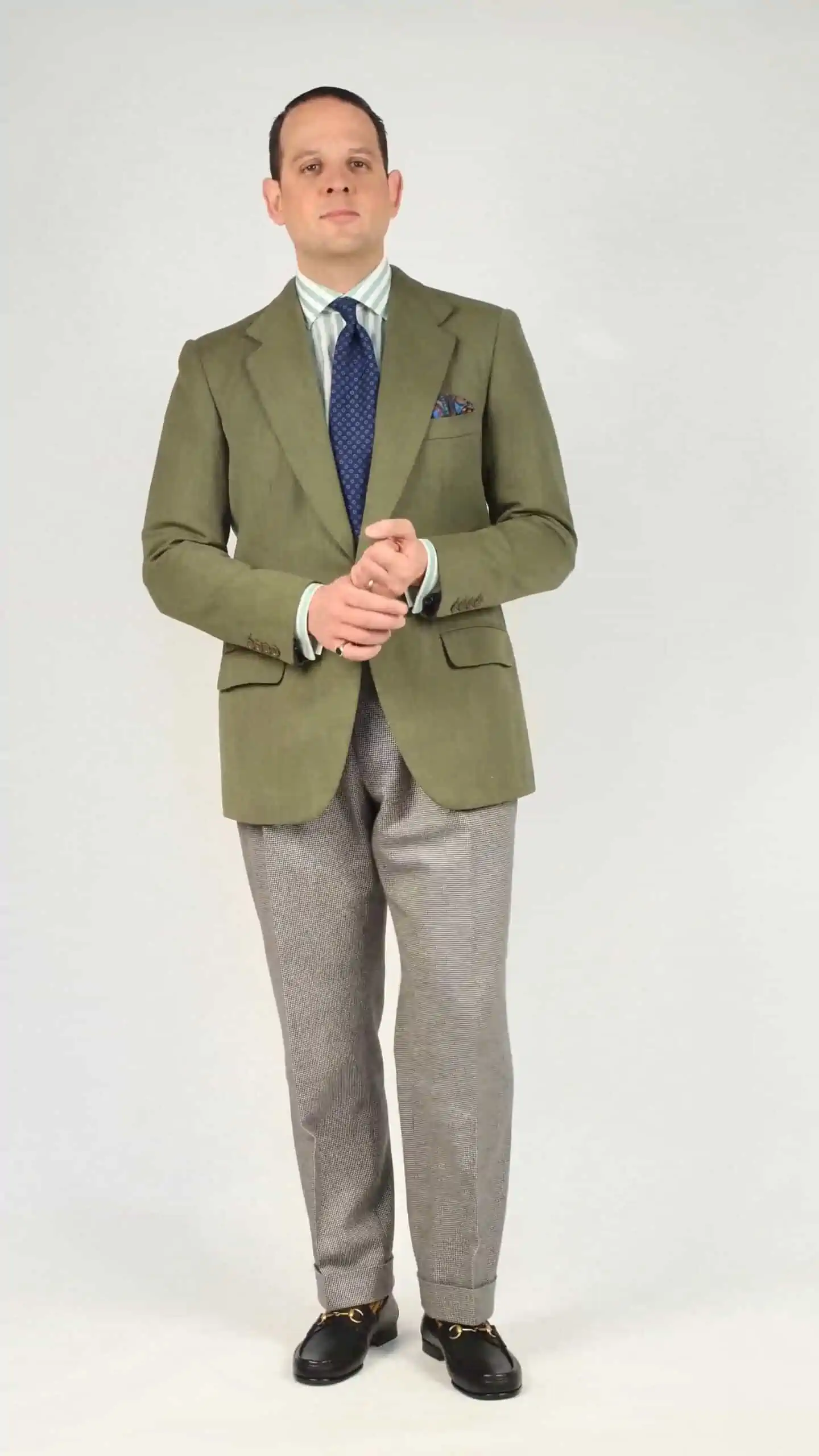
Above, you can see how Raphael has paired his Gucci loafers with softer tailoring elements, in casual light greys and greens. It’s important to remember that Gucci loafers are typically seen as a little more formal, so as much as the fashion magazines suggest to wear black Gucci loafers with stonewashed denim, this is not a classically inspired look we would suggest you try.
| Gucci loafers go great with: | Gucci loafers do not go well with: |
|---|---|
| Casual tailoring | Formal suits |
| Odd jacket combinations | Evening wear (such as black tie) |
| Relaxed formal looks | Denim |
| Khakis and chinos | Shorts |
How to Style Tassel Loafers
As a rule of thumb, black or oxblood tassel loafers are about as formal as a navy blazer with grey flannel slacks. Wearing tassel loafers with business suits would probably not be considered to be a faux pas, but we would still encourage you to wear them with casual suits or blazer/sport coat combinations and choose an Oxford with more formal garments.
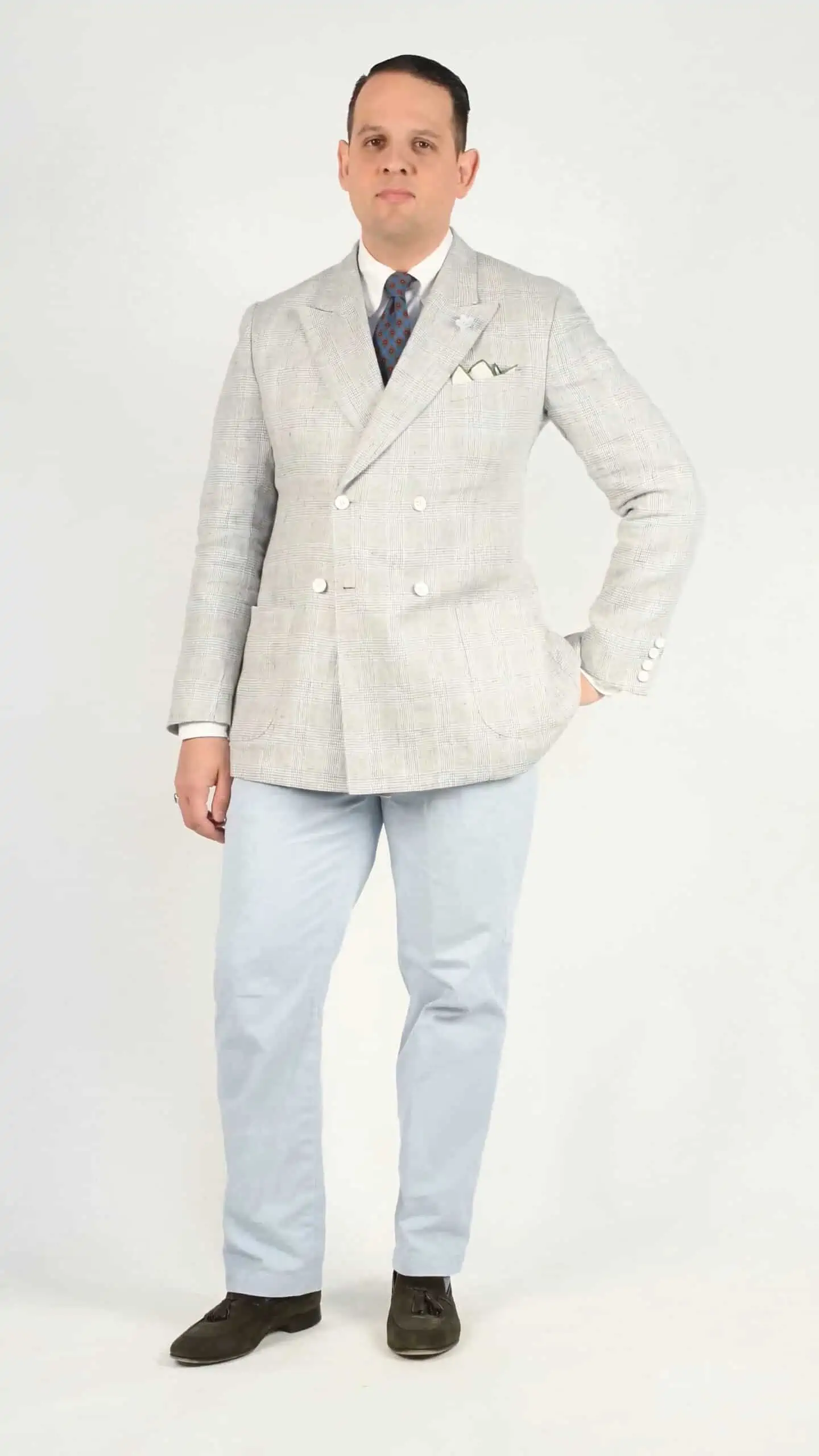
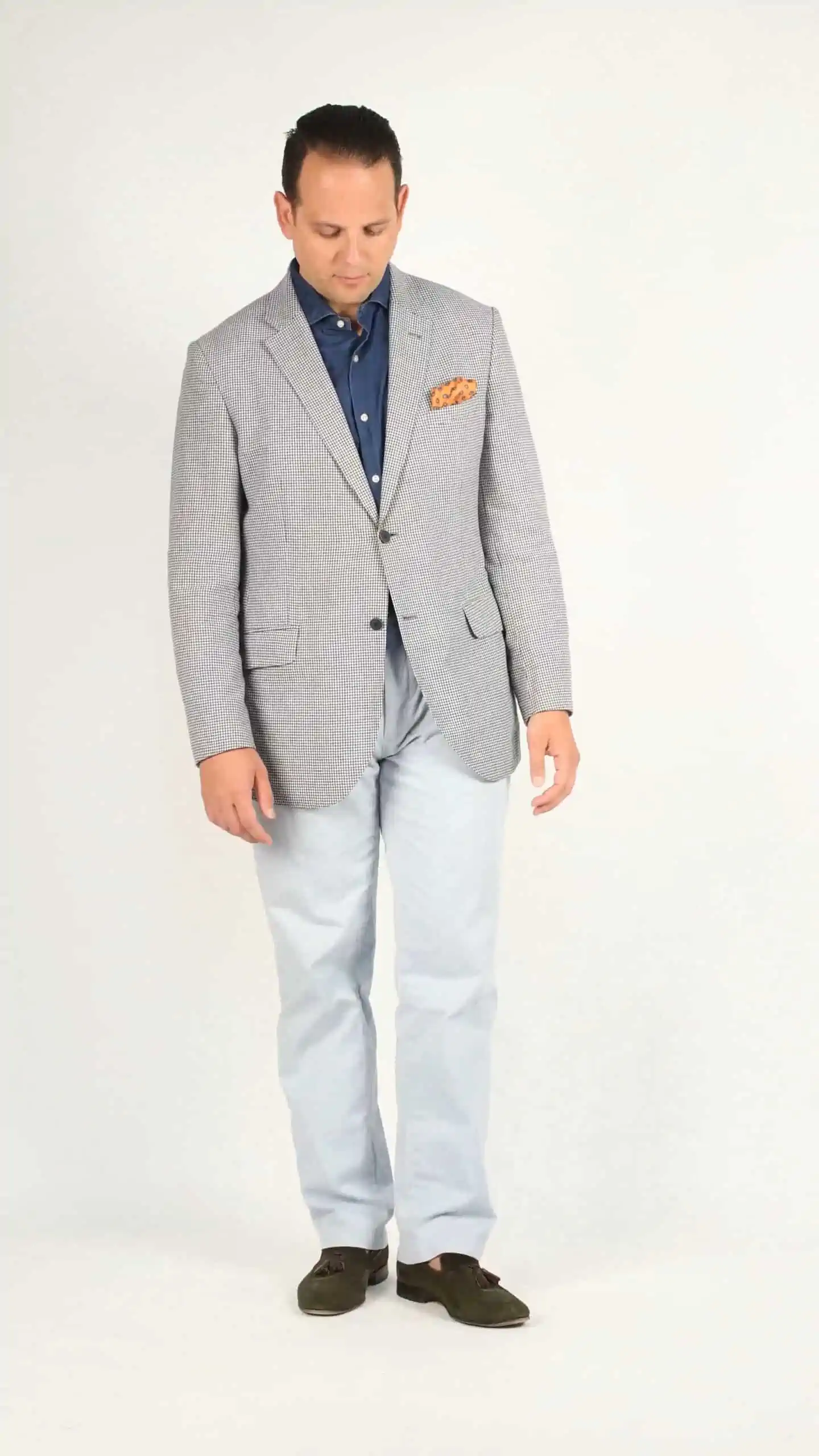
Here, Raphael shows you the versatility of a tassel loafer by pairing his green suede tassel loafers with some semi-formal summer attire. The darkness of the green tassel loafers keep things dressy, while the use of summer fabrics such as light linens and cottons add a relaxed edge.
| Tassel loafers go great with: | Tassel loafers do not go well with: |
|---|---|
| Two piece business suits | Jeans |
| Classic patterns such as pinstripes or checks | Shorts |
| Khakis and chinos | Jacket-less outfits |
| Odd jacket combinations |
How to Style Penny Loafers
Penny loafers are a perfect companion for corduroy pants, chinos, flannel slacks and in the summer even linen or seersucker. In terms of formality, they rank just slightly below a tassel loafer and are a great companion for a blazer outfit with Oxford shirts and a tie or bow tie.
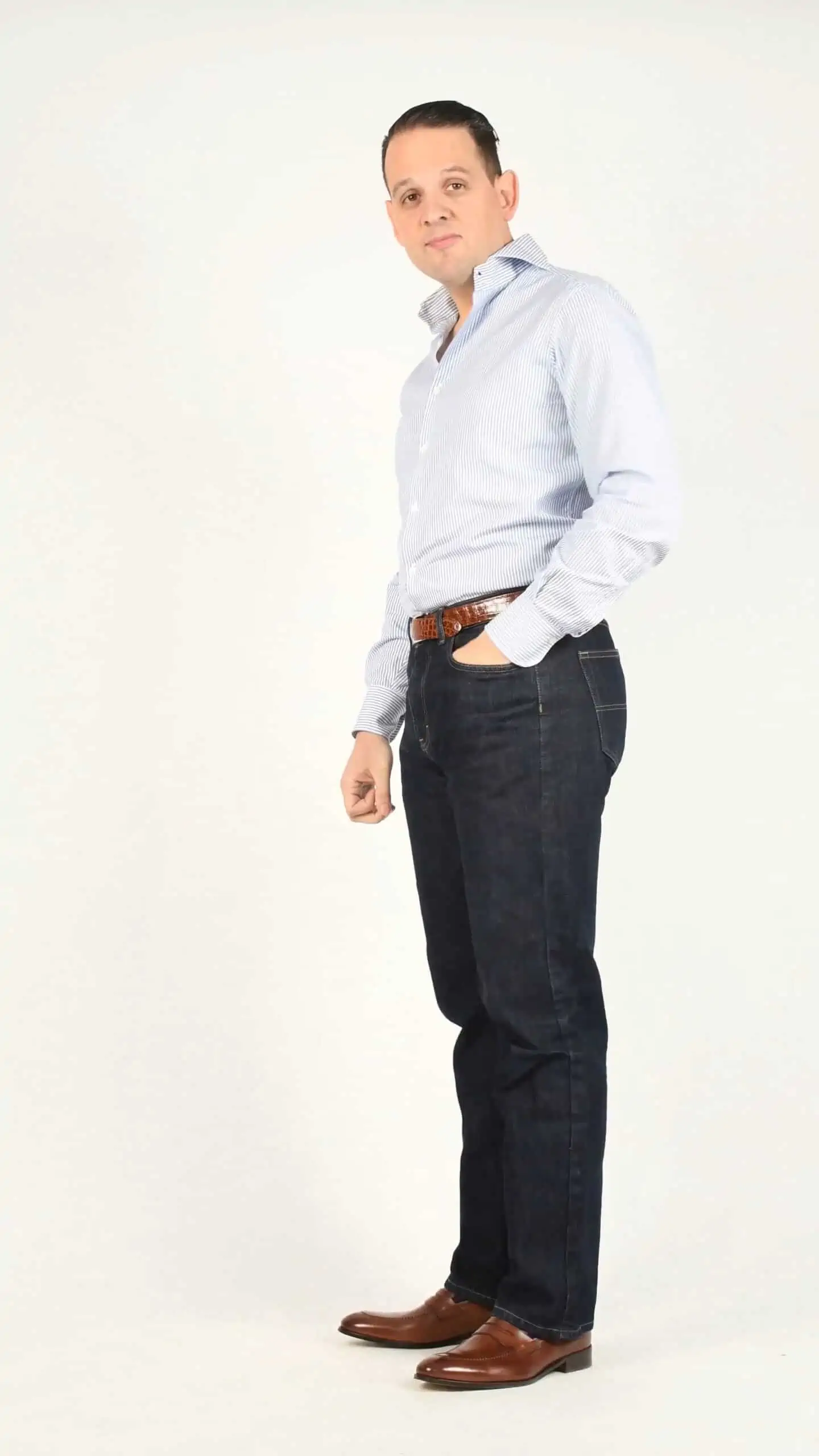
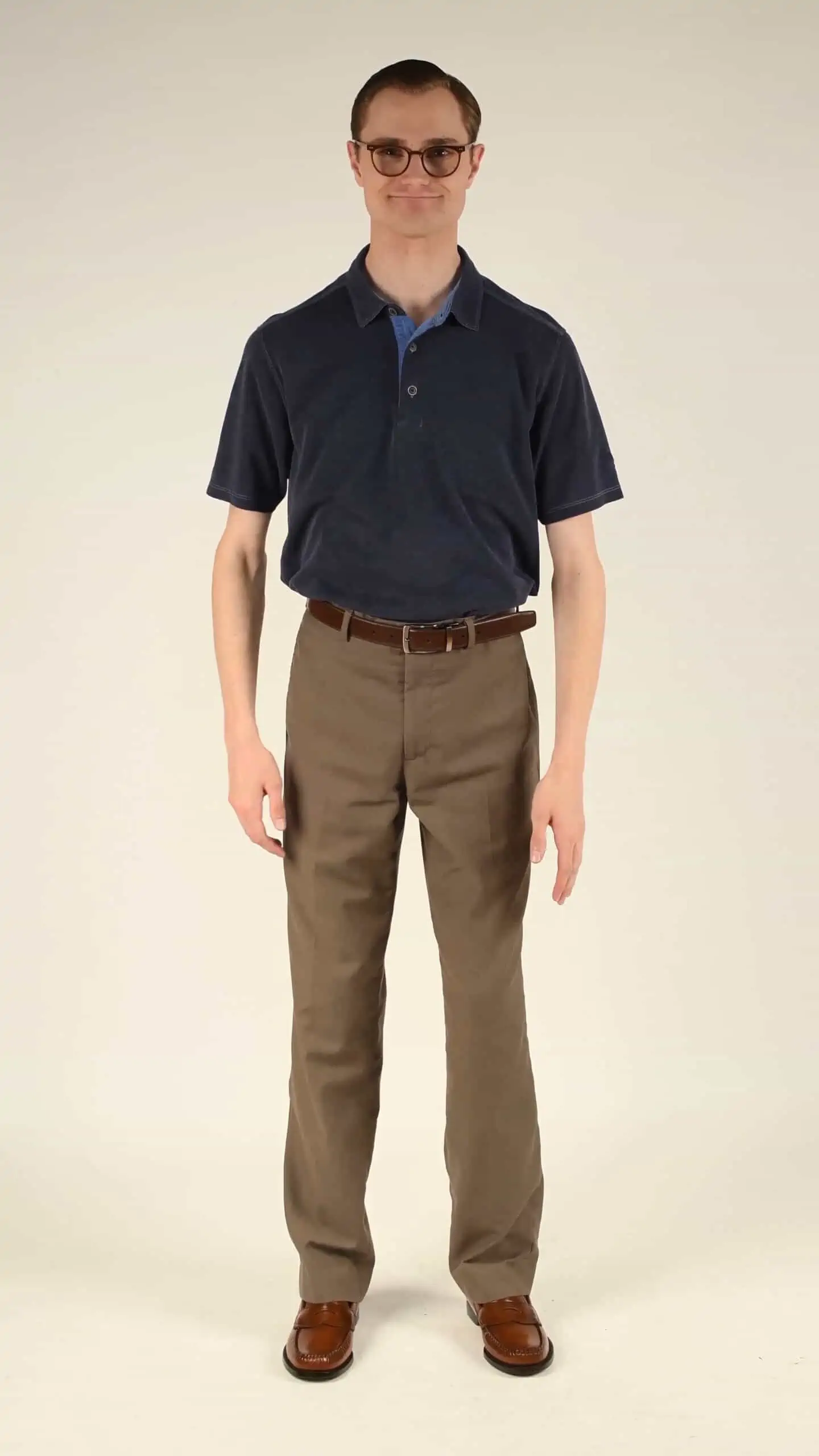
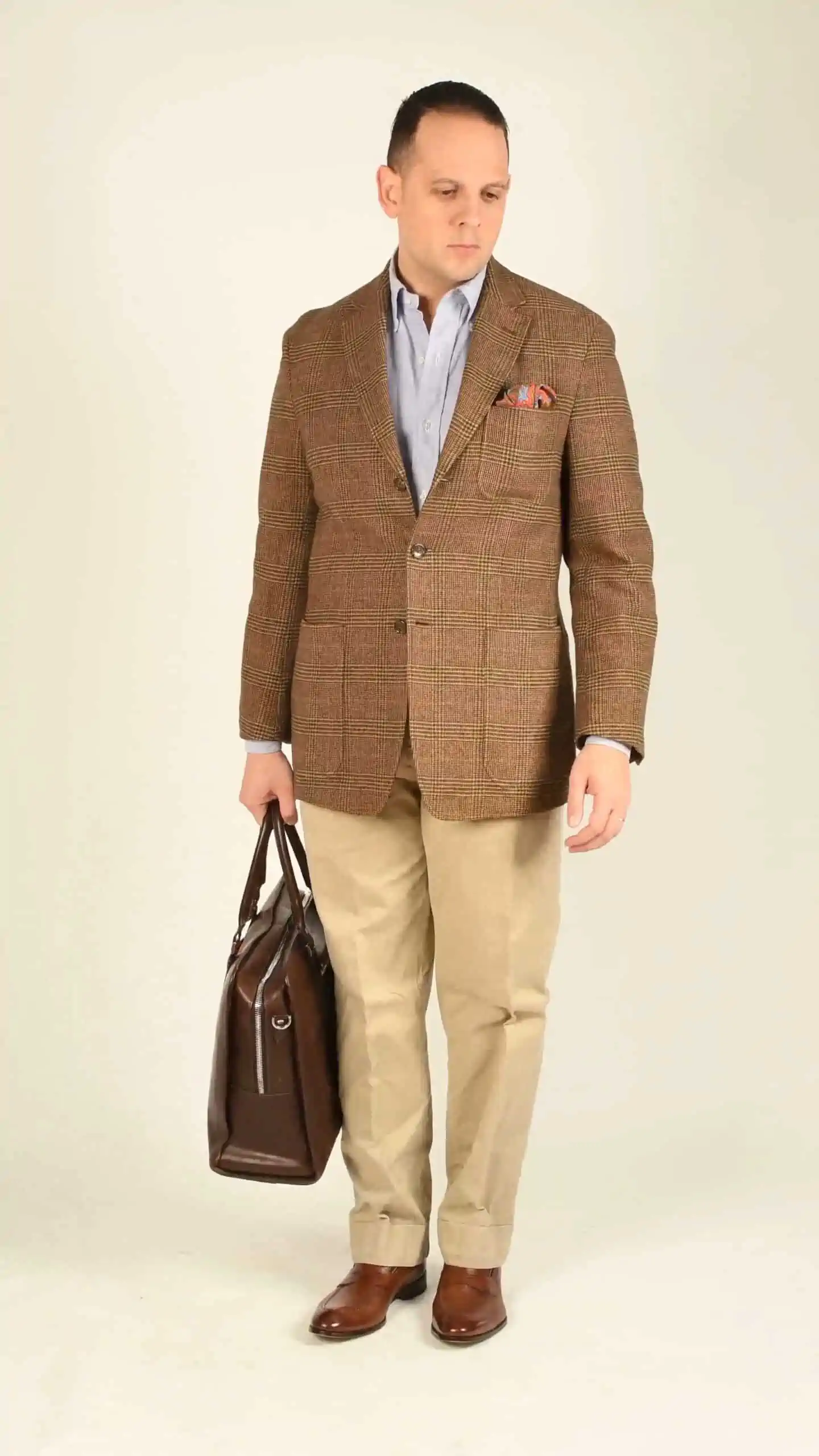
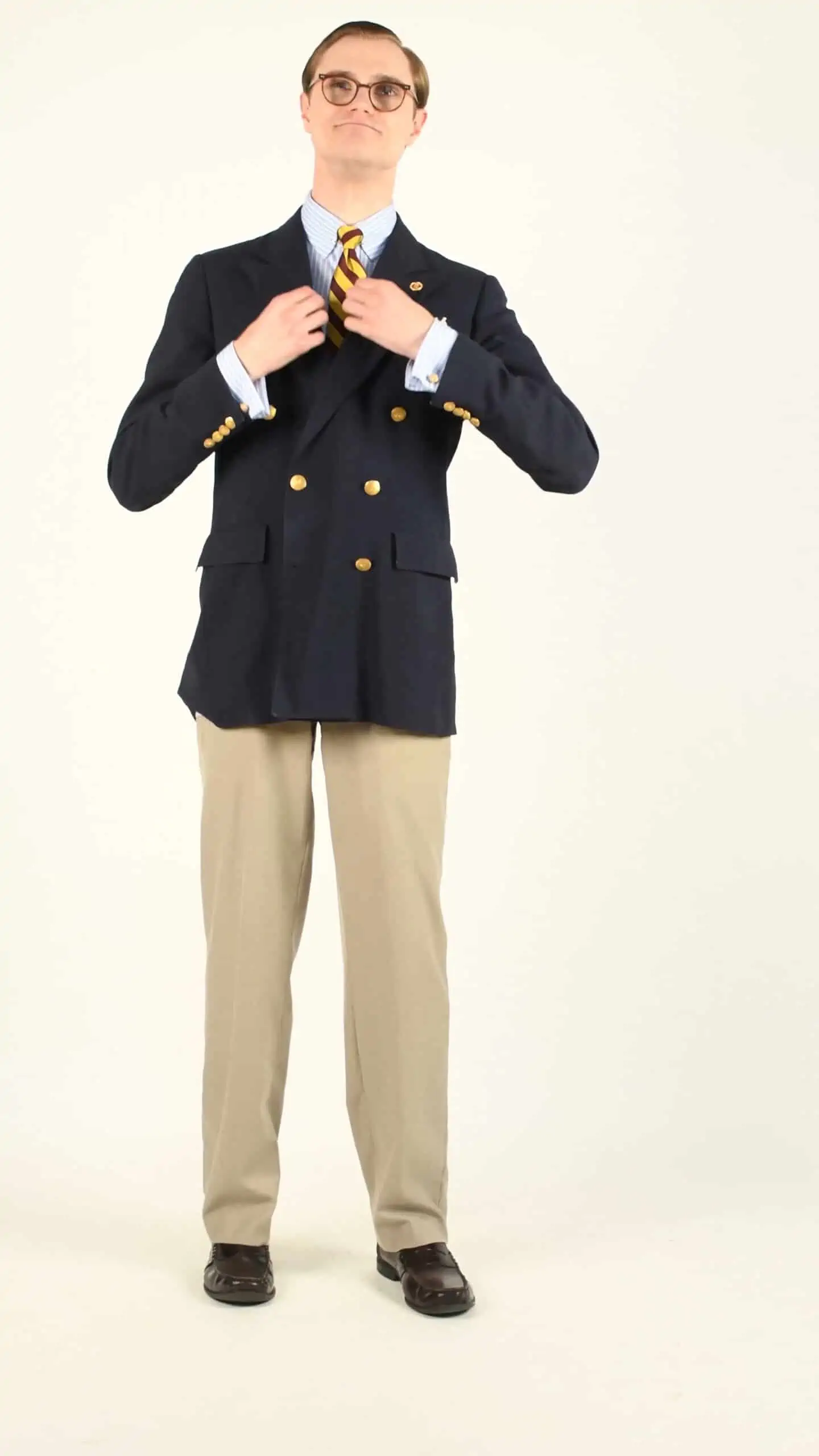
Because of the incredible variety a penny loafer can provide, both Raphael and Preston have put together some of their favorite outfits. You can see how well a penny loafer mixes with casual clothing such as jeans or a polo shirt, as well as business casual outfits that include odd pants and jackets. Really, the penny loafer is one of the most versatile loafer styles you can own.
| Penny loafers go great with: | Penny loafers do not go well with: |
|---|---|
| Just about anything! | Very formal attire |
| Business casual ensembles | Evening wear |
| Relaxed outfits |
What Loafers Should You Buy?
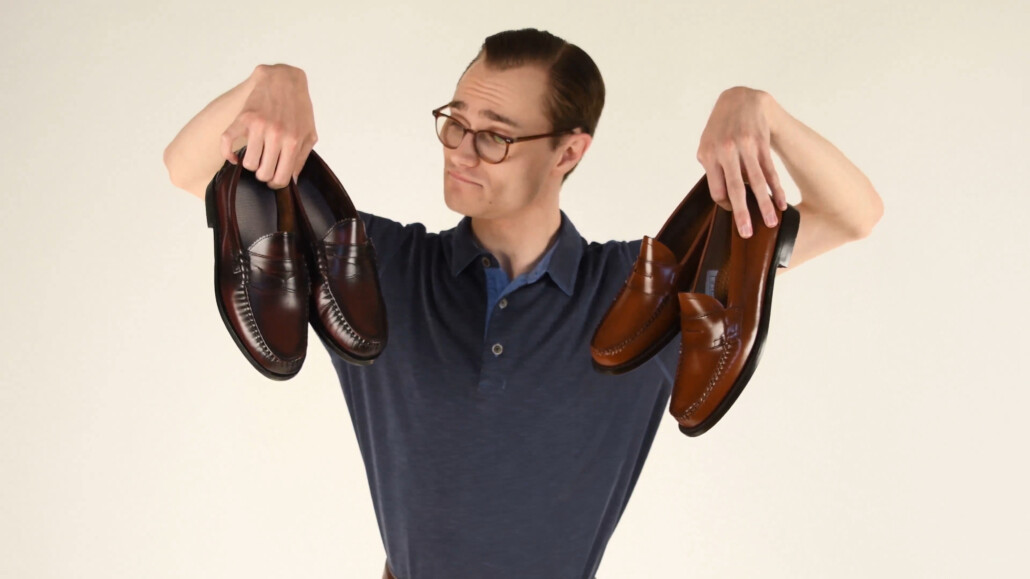
Every man should have at least one pair of loafers. With that said, there is not one style that is objectively more necessary than another. It should be about what style of loafer you think you’ll get the most use out of.
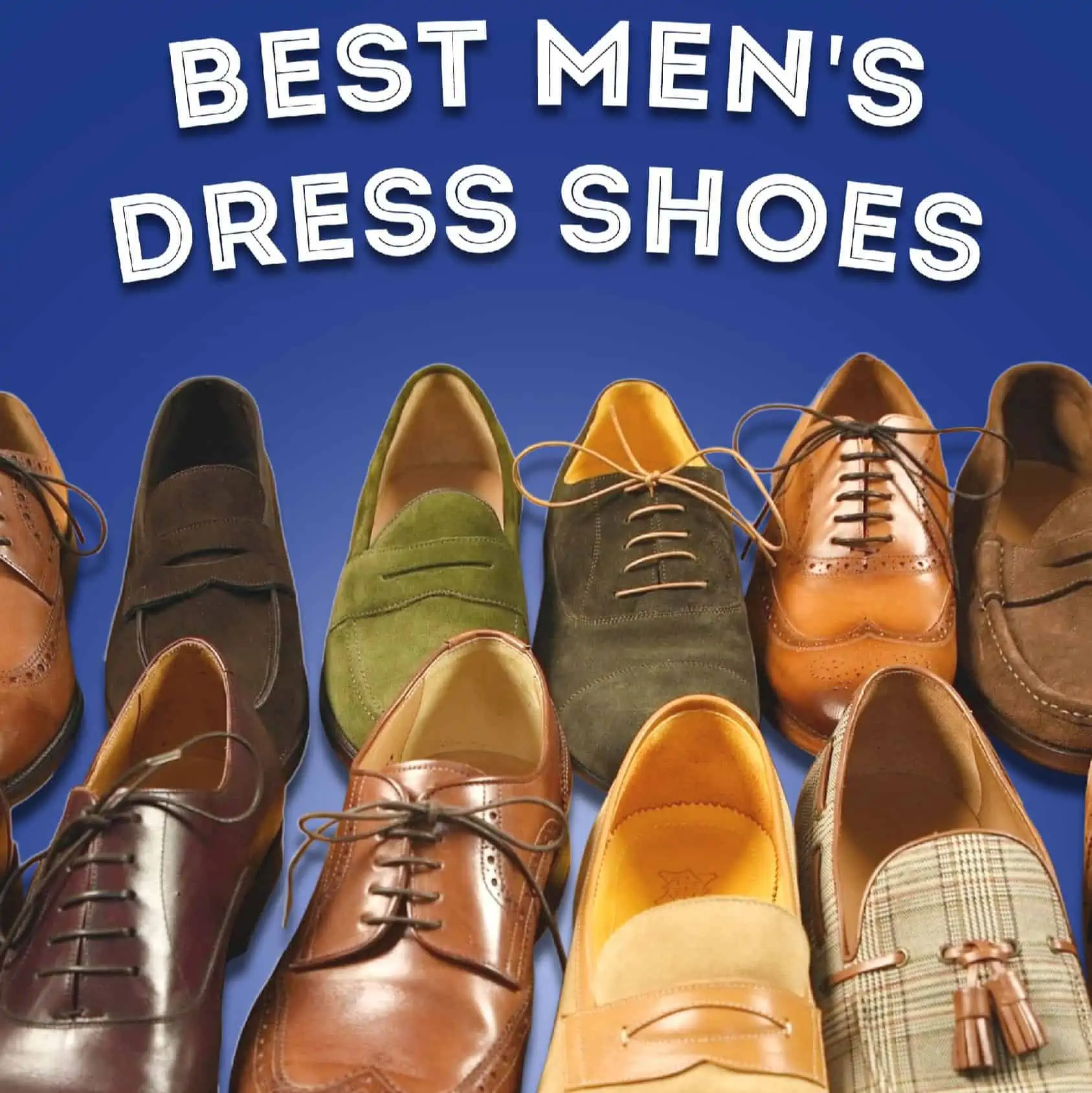
RTW Loafers Under $300
If you’re looking for some great ready to wear loafer brand suggestions at a budget of $300 or less, then check out our suggestions here.
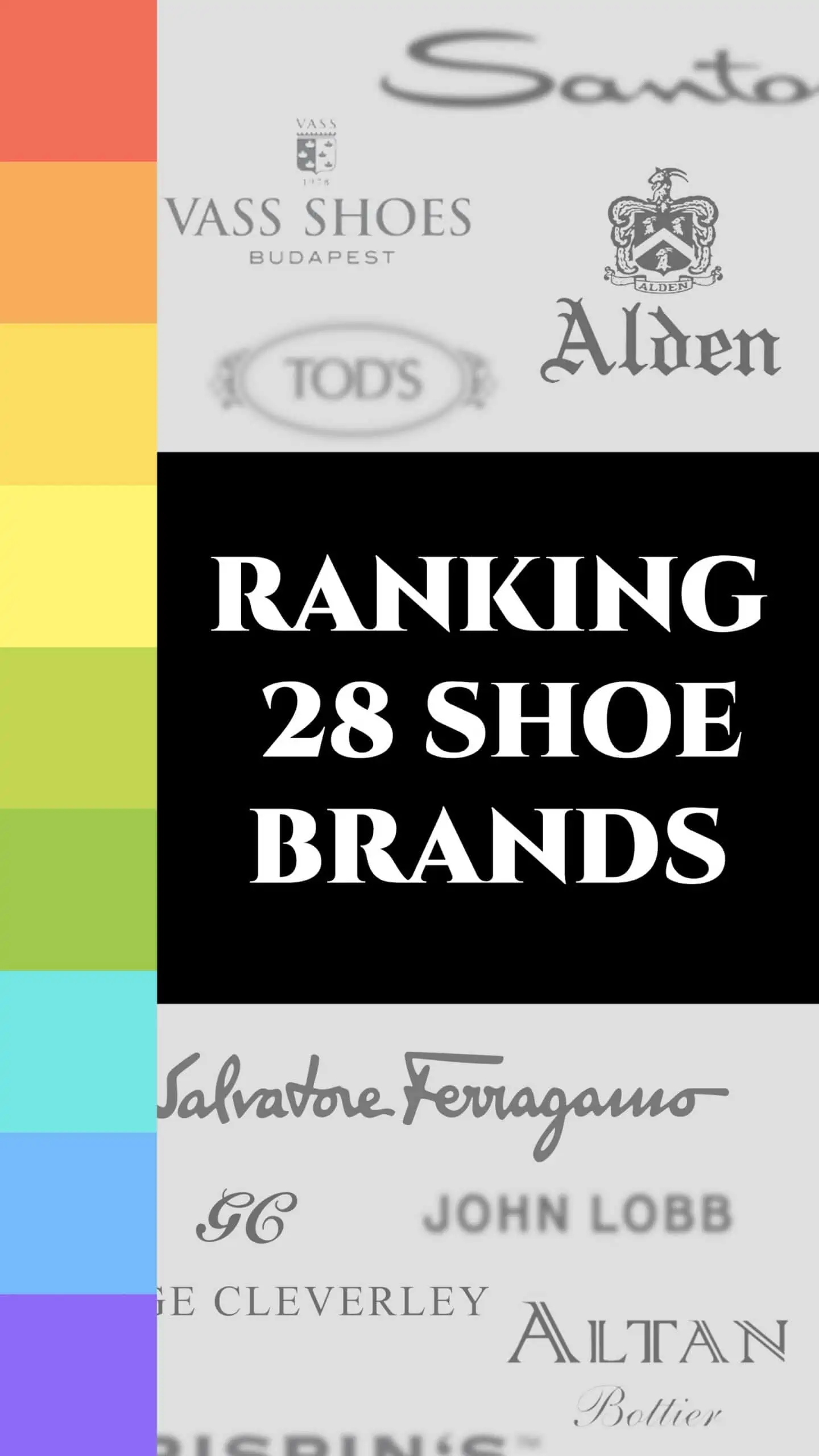
RTW Loafers Over $500
With a budget of $500 or more, these ready to wear shoe brands are bound to offer something you’ll like in a loafer.
Loafers FAQ
What is a loafer?
A loafer is a type of slip-on shoe that has a low heel, slim sole, covered toes, and leaves the ankle open.
Is a loafer a formal shoe?
Loafers are somewhere between a formal and casual shoe. They are smarter than sandals, boat shoes and espadrilles, but they are not as formal as laced shoes.
Who invented the loafer?
It’s debated as to when and who exactly created the first loafer, but the two main theories suggest either Norweigan shoemaker Nils Gregoriusson Tveranger or English shoemaker Raymond Lewis Wildsmith.
Why is it called a penny loafer?
The penny loafer gets its name from the little slot cut on the loafer’s saddle. Pennies have traditionally been put here by students, when phone calls cost around two pennies to make.
What is the difference between a loafer and a shoe?
Shoes almost always bear laces, and hug the ankle. Loafers do not sit near the ankle, and are not fastened with laces.
Can I wear a loafer as formal dress?
Loafers are not recommended for very formal attire, such as evening-wear ensembles. This is because loafers are intrinsically casual shoes.
Can I wear a loafer with a suit?
A smart loafer in a dark color is easier to pair with tailoring such as a two-piece suit. For maximum effect, stick to relaxed colors and patterns for the loafer to work within this outfit.
Should I wear socks with loafers?
It’s always best to wear socks with any leather footwear, to prevent premature wear on your shoes. If you like the sockless look, then opt for no-show or “invisible” socks.
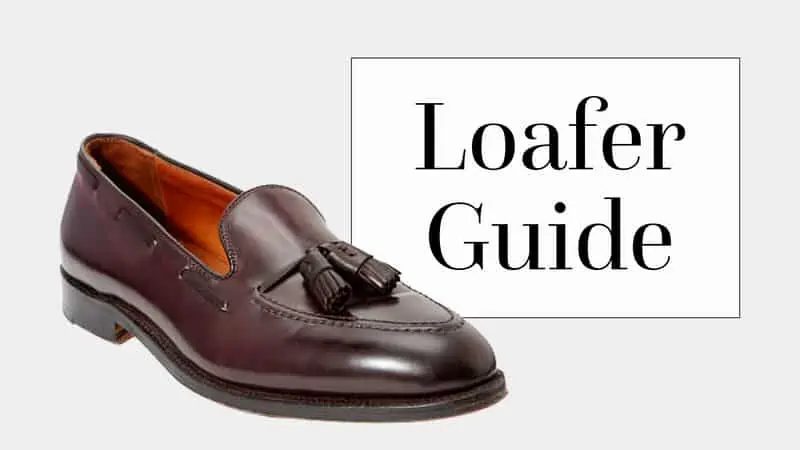
Great read! So far my favorite loafers are Banan Republic’s Branson loafer. Believe it or not.
I only wear loafers in the spring and summer, but I would say that Alden loafers are probably my favourite, especially those made from cordovan
I have the great fortune that I live in the UK and close to the factories go Joseph Cheaney , Church , Crockett and Jones, Barker, Edward Green, and now Loake, all of which have factory shops and I have loafers from all.
I would say that for loafers Joseph Cheaney and Crockett and Jones make good loafers especially from JC and C and J.
Keep going writing about shoes…
By the shape of its last, Corthay!!!
And bespoke, for its original exclusivity, Bestetti!!!!
Is it ok to wear penny loafers on a 100% casual outfit? For example, a turtleneck or a button down Oxford with a V neck jumper, with perhaps a casual leather jacket on top if the weather gets a bit colder, and dark jeans or chinos?
Oxford slip-ons with an elastic side gusset should have been specifically mentioned. I personally believe the versatility of this type of shoe deserves more recognition than it generally gets. Popularised in the victorian era at the same time as chelsea boots, they offer a rather formal and clean look whilst retaining the simplicity and comfort slip-on shoes are commonly associated with.
It was as always an excellent and thorough article from Mr. Schneider. Brilliant work indeed!
Ramy, slip-ons are not loafers, which is why they were not mentioned.
I wore the same penny loafers every day for 5 months while travelling through Europe in 1970 – 1971.
An article about loafers but no mention of the famous Model 180 by J.M. Weston????
interesting article nonetheless!
Cheers!
I have never owned a pair of Weston shoes, and so I can’t comment on them. Outside of France, they are really not well known and they are difficult to find.
Weston, is very difficult to find outside of France, and I don’t own a single pair of their shoes…
I have seven pairs of Weston shoes. They are good classic shoes.
I live in NYC. They had a store on Madison Avenue but now it’s gone for a while.
I have a pair of oxblood, made in Maine, weejun loafers that are absolutely perfect for casual situations. I’ve had them for years and you can’t beat the quality for the price.
At the top of the page, whose claret and green loafers are you showing? Gucci? I cannot source them.
Yes, Gucci.
I have been wearing Alden Shell Cordovan penny, and tassel loafers for thirty years. I think they are the finest domestic loafers being produced today.
Greetings Gent! The loafer style shoddings are my favorite type of footwear. I began wearing them when it became apparent that I like pattern hosiery with a color in harmony with my necktie or shirt or pocket square. It’s quite smart to have something below and above the waist that coordinates well. Also, wearing a loafer increases the leg line thereby making a gent look taller and the legs longer. Try this ensemble on for flair if you dare. Black turtleneck, black/white glen plaid sportcoat, cream gab trousers, black loafers or velvet slippers and black/white glen plaid hosiery with a white pocket square. Nice. Or just a red pocket square with red hosiery. Bravo
Just like J.M weston there’s also Aubercy and Corthay from France with highly distinct and individual designs. Especially one should try on their Lupin which is so seductive that I couldn’t resist drooling over it.
Personally I’ve been a fan of Bass Weejuns since college. They are just a classic in my book.
Great information on the history and origin of the loafer and they really seem to add the finishing touch to a well put together casual look. However I’m wondering if they would ever be appropriate to wear with more dress attire i.e. suit and tie?
We discuss suits and loafers throughout the article – I suggest you reread it ;).
sven, the cut out on weejuns is an ancient, abstract symbol for the fish, not a diamond. these were originally norwegian fishing shoes, easy to slip off should you capsize, from the bits of information i’ve been able to piece together. thank you for all your work. best, kevin
According to whom? Do you have a source for that?
G. Bruce Boyer wrote a very detailed essay on the history of the tassel loafer in 1998, published in Cigar Aficionado:
Greetings from across The Pond! Love your article! We’re big on the history of shoes ourselves, but then we are immersed in the shoe world and on the verge of being obsessed! Based in Oxford, England, we’ve sold gentlemen’s shoes, including loafers, for more than 37 years and have customers who’ve remained with us and loyal to a particular brand throughout that time. Creatures of habit us men!
My favorite loafers are J Adler Cadogan’s. I’m looking at a pair of tassel loafers next. Any suggestions?
If you read the article and look at the pictures, you should know the answer to that questions ;).
Hi Mr. Sven Raphael Schneider,
I am looking to get a penny loafer and would like some advise from anybody who is reading this as well as yourself :)
I only have a Dr Martens Adrian, although they aren’t the best shoes. Albeit it is not comfortable (and not a great shoe maker in my opinion after wearing it) and is really huge in size of both width and the outsole, I feel that what is bought/spent should be continue to be used and taken care of as the makers of the shoes did use a part of their life-time in making them
I found a Spanish brand that make good shoes at very reasonable price. They make beautiful penny loafers too, at my budget of course! However, my problem is that although they only have 4 colours, I could not decide on which one to add into my shoe cabinet for matching with my clothings. (I live in temperate Singapore, so its 30 – 34 degrees whole year round, so I only wear American Selvedge jeans in 13.5 oz rolled up and usually a t-shirt in black/white)
The penny loafers actually look like the Bass Co. with the ‘beefroll’ stitching at the side, leather out soles in black.
Please advise on whether to get
-black (I initally wanted to get this, because the Japanese students do wear them with style and black is easy to match I suppose),
-bordeaux (look very close to black, with a hint of wine. I feel that it looks nice, but it will not allow my love of the colour to stay long enough),
-brown (the brown seems to be hand-dyed as there are different shades and tones, although just very slightly, on closed up it does look fabulous),
-light-tanned (I usually like light-tanned French calf, but the shade of the leather on their pair is totally not my cup of tea, so it is definitely out)
Dear Heng,
Not knowing what your wardrobe looks like, I can only recommend you read this guide before you buy. I think bordeaux would be most versatile.
I’ve got an interesting pair of bass penny loafers. They’re black but have this odd edging coming from underneath the edge of the cutout flap. They’re these little triangular flaps, which I’ve seen on tassel loafers, but never penny loafers. Has anyone else ever seen this/is this a common thing for penny loafers or am I just missing something?
No mention of Sebago loafers? They’ve been out there since the 40’s or 50’s- and coupled with the boat shoes they do make a nice preppy look. Are Weejuns that much better / different?
Dear Sven, I have immensly appreciated your rich dissertation about Loafers and Mocs. Indeed a great result after an indepth research of yours . However, -to my humble opinion – a historic item is missing….: .the famous SAXONE OF SCOTLAND SHOE MAKERS, established in Kilmarnock in 1783.!!!!….They have been, and still are, the manufacturers of famous shoes, including the so called College loafers. I started to buy them in London in the early 60s, when in Italy they were rather expensive, thanks to the greedy Genoa based Italian importer. In those years the denomination was “TRINITY” moccasins and thence changed to the present name of “ARRAN.” To me they are the classic best loafers ever made in terms of shape, materials used and choice of colours ( burgundy, light tan, black and suede ). All other brands in the markets are good imitations… even if nice looking and performing. Also a TASSEL loafer was produced until some years ago : an elegant loafer, with a so called leather kilt over the top, surmounted by a leather tassel. The name “ARGYL”, a stupendous pair of loafers!! Other products of the same brand used to be DUMBARTON Brogue (similar to CHANEY and CHRCHS brogues ) you can take advantage of Wikipedia under the chapter Saxone of Scotland -history of the brand. I always enjoy your fertile research and elegant presentation of the art of HOW TO DRESS in the various situations of life; a great job performed with talent, knowledge and elegance!!!! Keep going Dear Sven, and please receive my best whishes for the incoming holidays.
Sincerely yours,
Pietro
Thanks for sharing Pietro, I will take a look and happy holidays to you as well!
which make is you dark brown suede tassle loafer.
i rate it 10 out of 10
Great read again! I prefer the C&J Boston in grain – as you show above. Maybe it is a European thing, but I am not in favor of the tassel loafer. I find the tassels a bit offensive and actually a bit obscene. Maybe, it’s just me…
Dear Raphael
Good to see the repeat of this great practical read which sure exemplifies quality over quantity and the photo of Mr Faibanks is a cracker . I remember seeing him in a play many years ago ; I went back after the show and met this very refined Gentleman .
I love loafer shoes and have have pairs down through the years remembering seeing Photos of JFK in his .
What is your take on wearing loafers without socks ? The trend down hear is with a suit no socks and with the shirt “tucked out” , it looks ghastly .
Oh, Sven! You got it wrong and you were so nearly on the right track with the Iroquois. The key difference between a moccasin and a loafer is that the red Indians in cowboy films never wear loafers.
Not my favourite shaped shoe, but boy are they comfortable. Leather slippers…
I believe you will find that the term “loafer” derives from the Egyptian word spelled “loofah” in Western characters, and being the fruit of either of the two similar species Luffa aegyptiaca and Luffa acutangula in latin, due to the similarity in appearance of a laceless shoe and a bath loofah
Great work on getting so much of the history on point. Brilliant read!
Thank you!